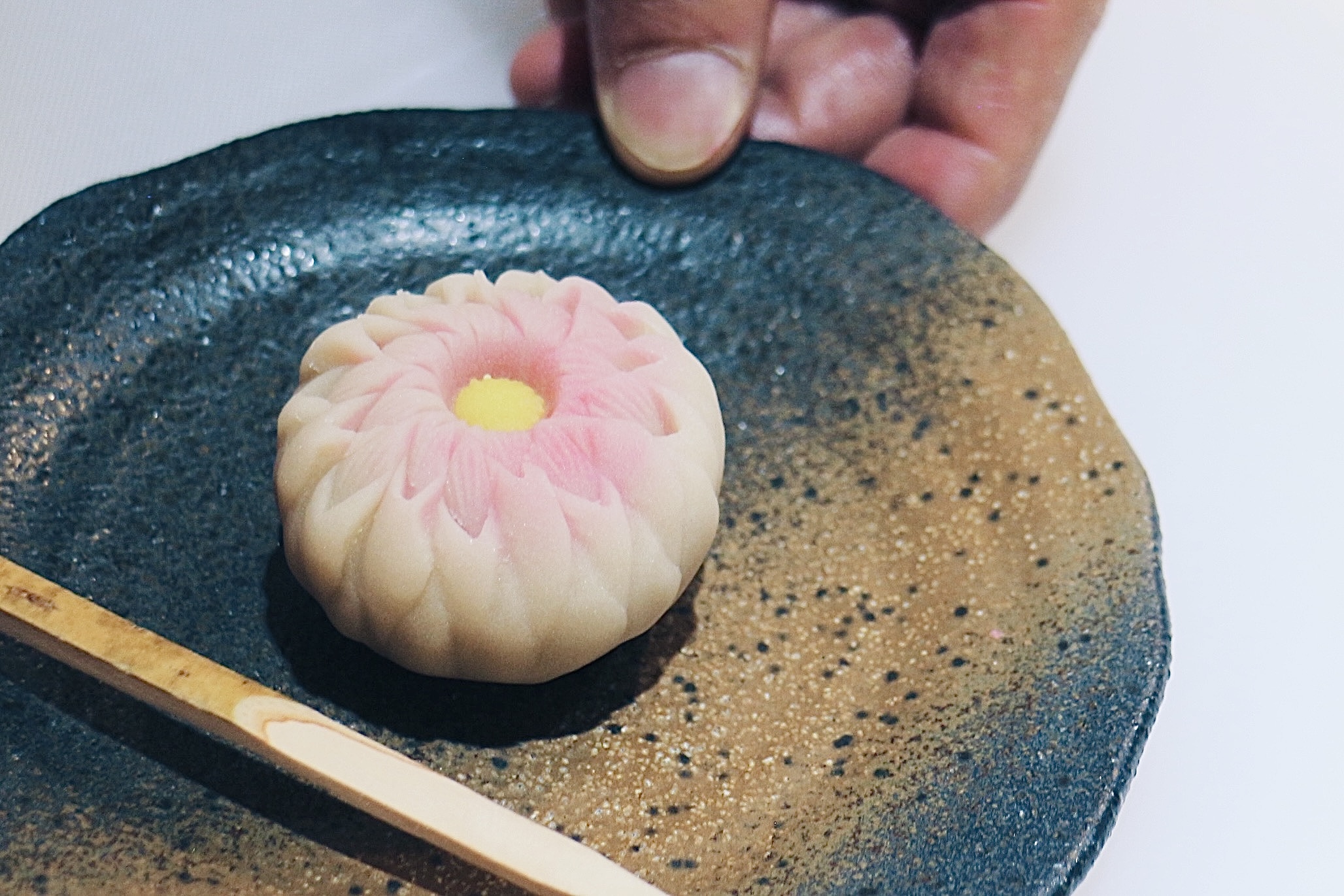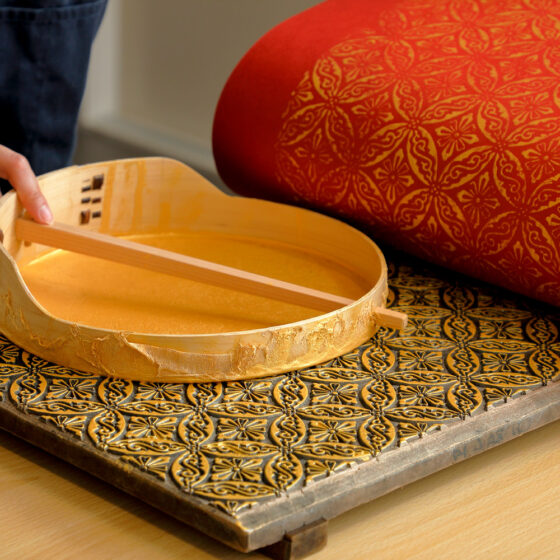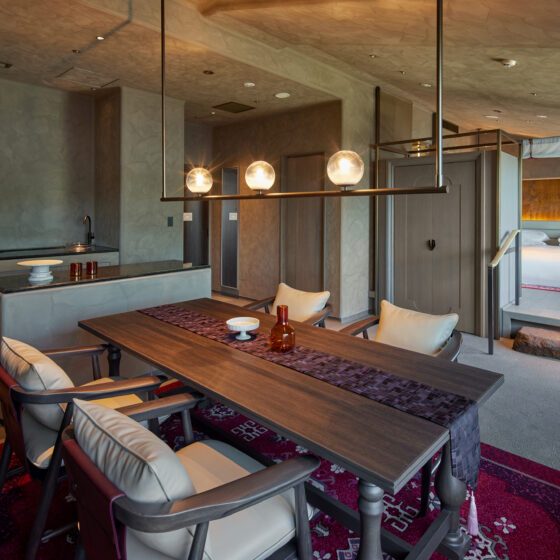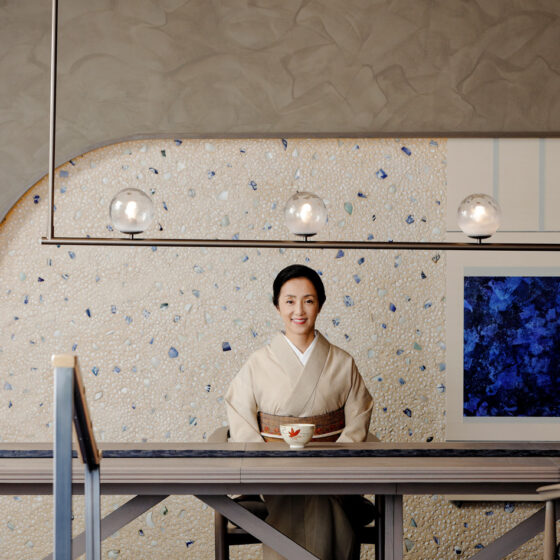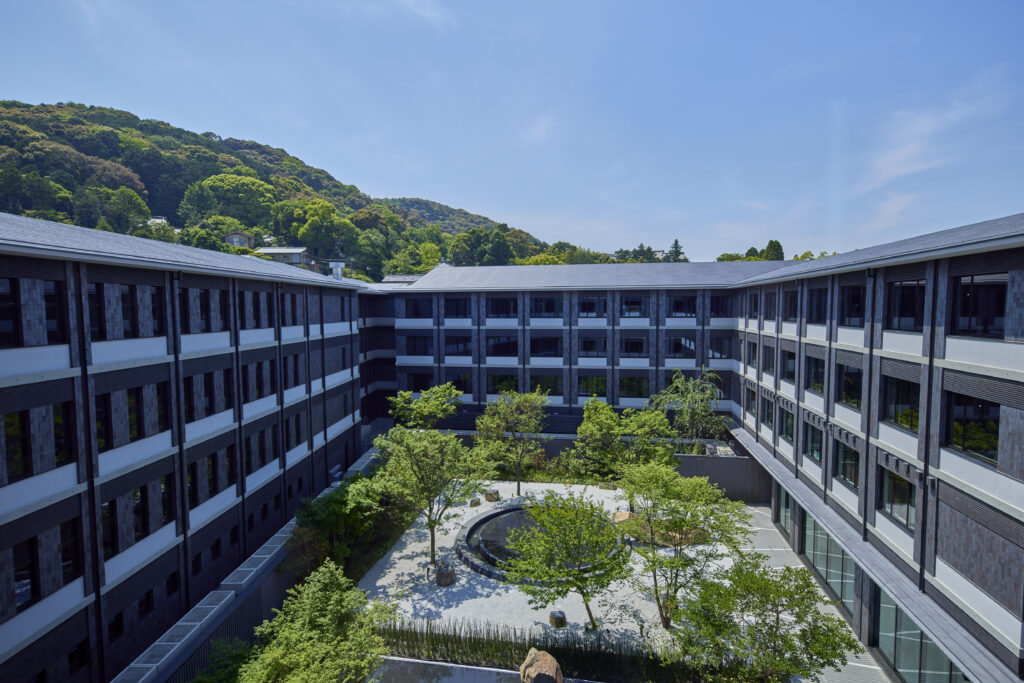Beautiful Kyoto seasonal confectionery
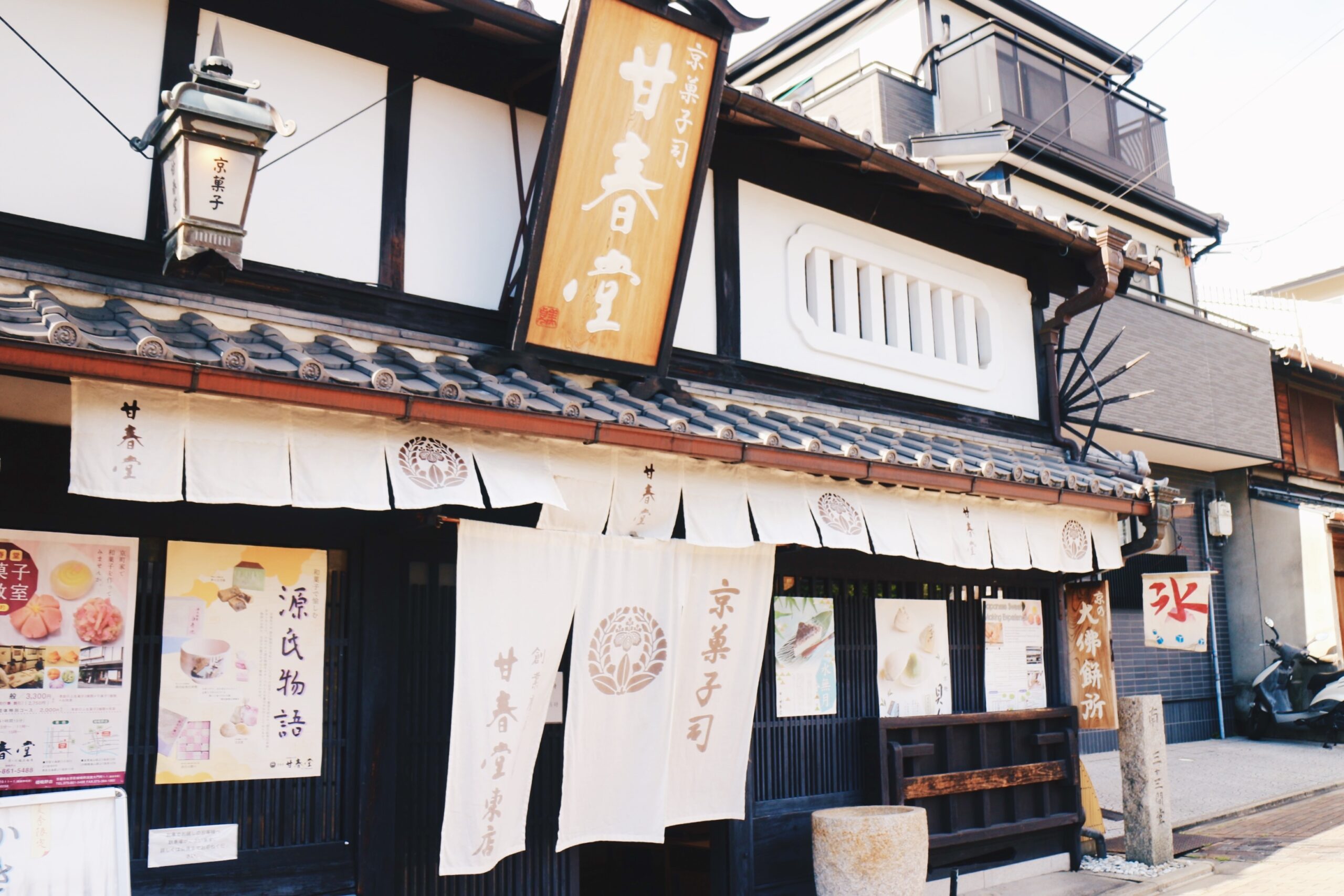
- Kyoto Kanshundo is a long-established Wagashi shop that has been in Kyoto since the late Edo period (1603-1868).
Using Kyoto's refreshing water and high-quality ingredients, they offer a wide variety of traditional and creative Wagashi, that change with the seasons. 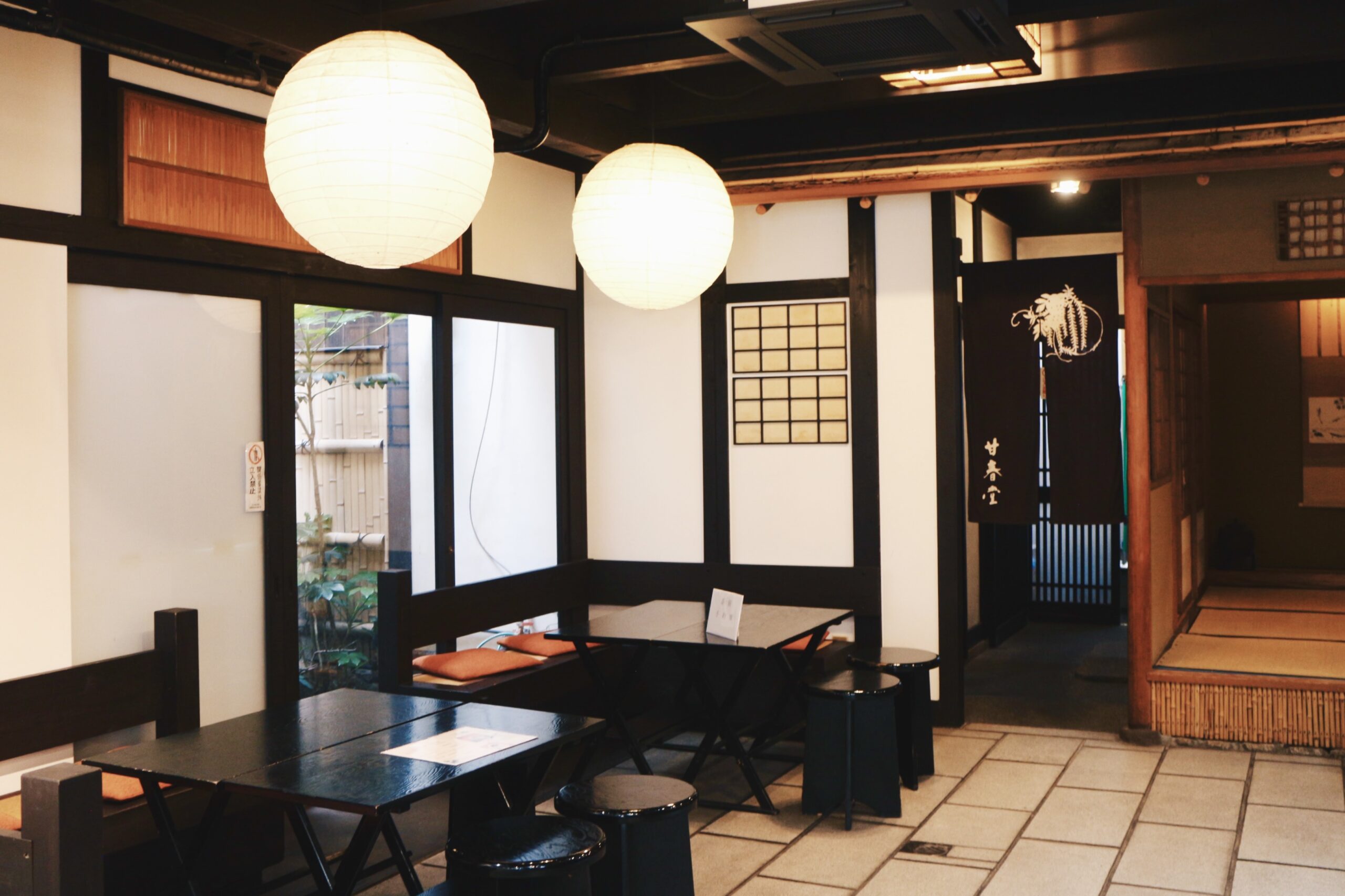
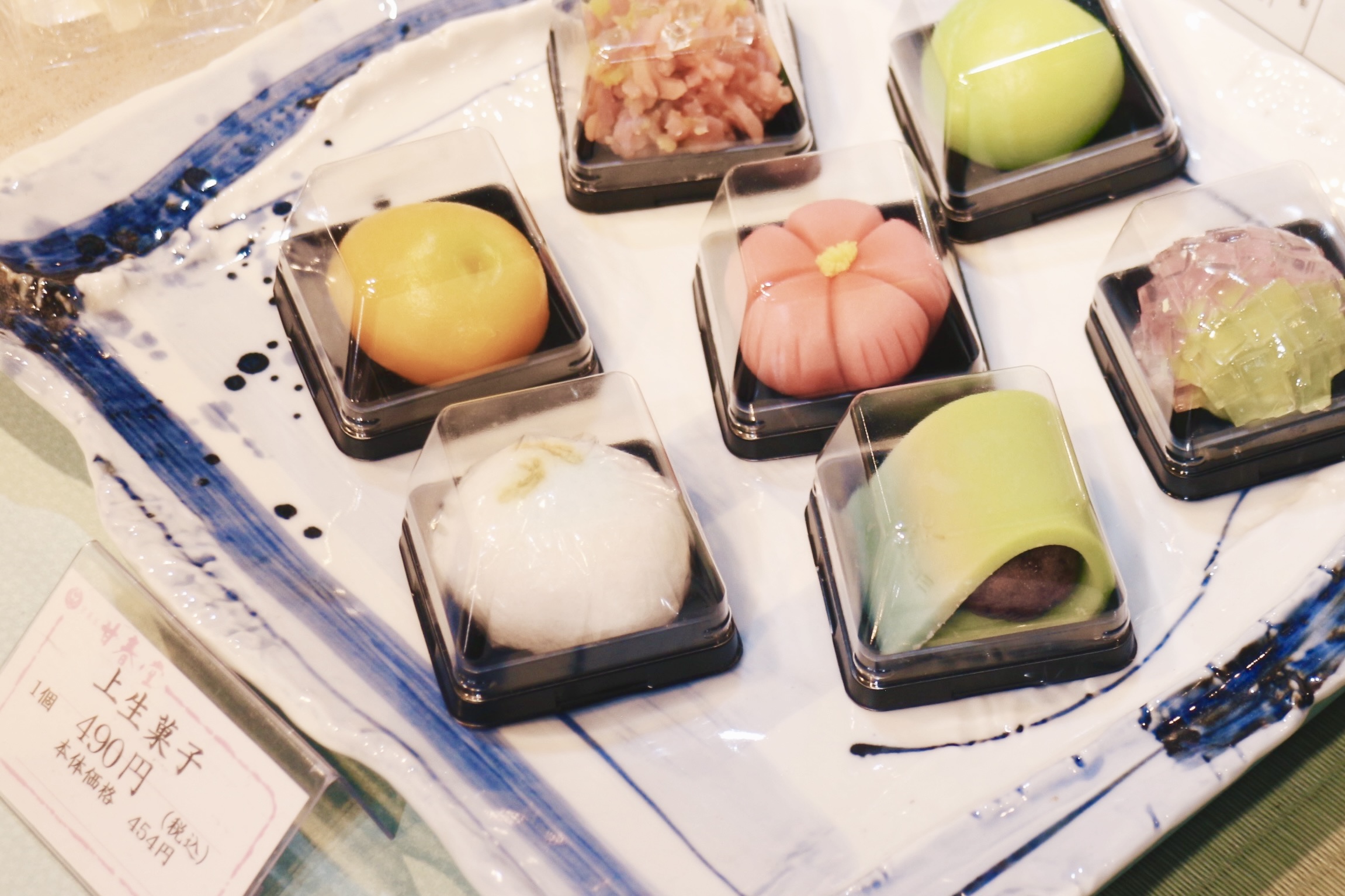
- The store boasts a variety of Wagashi, from the Daibutsu Mochi Rice Cake, which is said to be a legendary Rakuto specialty, to the Chaju no Utsuwa, a bowl for powdered matcha green tea made of confectionery. On the first floor, you will find seasonal jonama (fresh) and higashi (dried) sweets, all showcasing the skilled craftsmanship of the masters, as well as the Wagashi that are sure to entice you simply by looking at them.
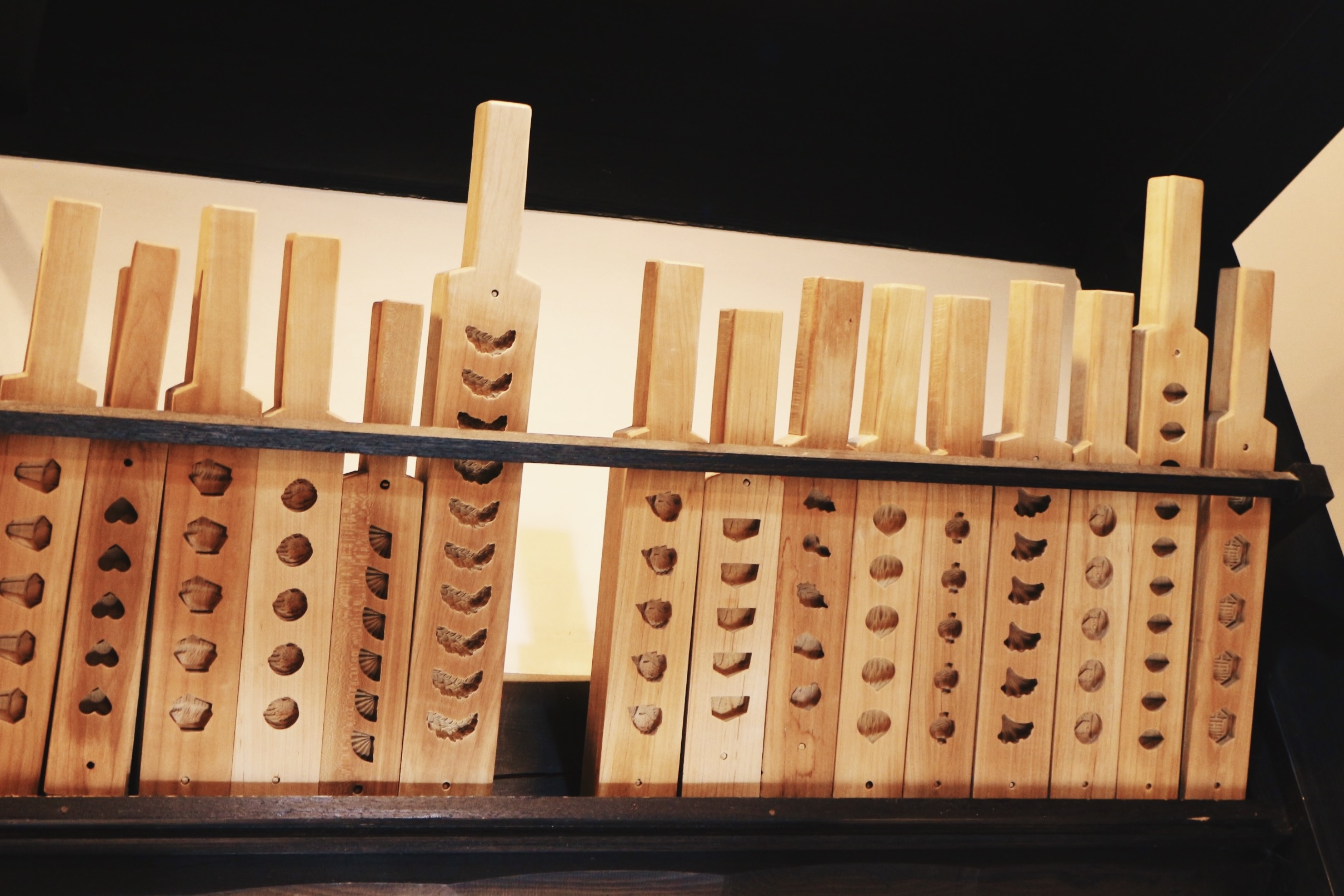
Wooden molds are used to form Wagashi such as Rakugan. Kanshundo boasts the largest number of wooden molds in Kyoto.
Create adorable Wagashi with a confectionery artisan in a traditional Kyoto townhouse
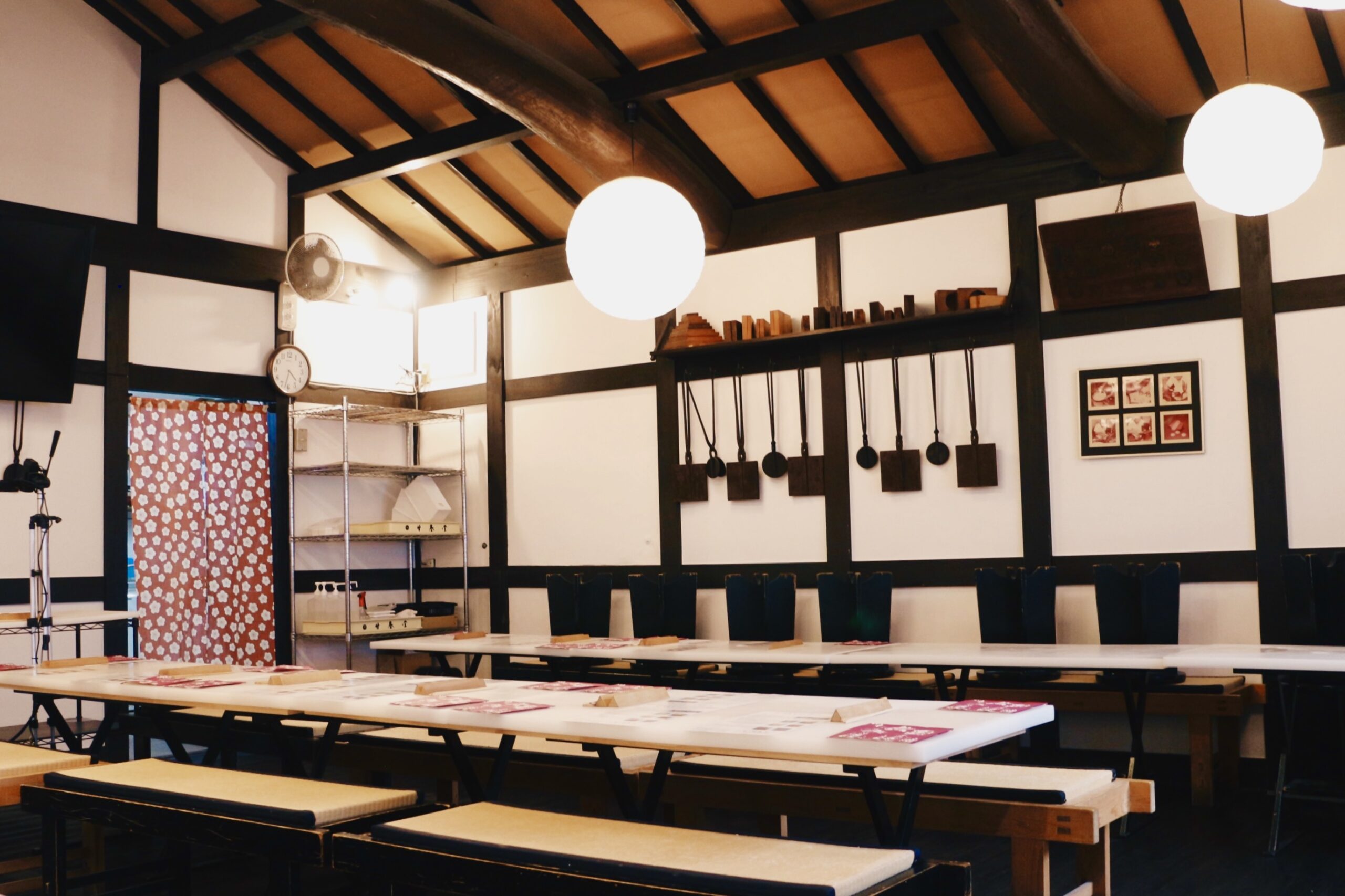
- On the second floor, a Wagashi making workshop is held every day, where anyone can easily try making Wagashi. With the high-quality ingredients from Kanshundo, along with simple techniques and tools, the workshop is popular among locals and international visitors of all ages.
Making traditional Wagashi from scratch may seem difficult, but skilled Wagashi experts will provide friendly instructions on how to use the tools and shape your own masterpiece. 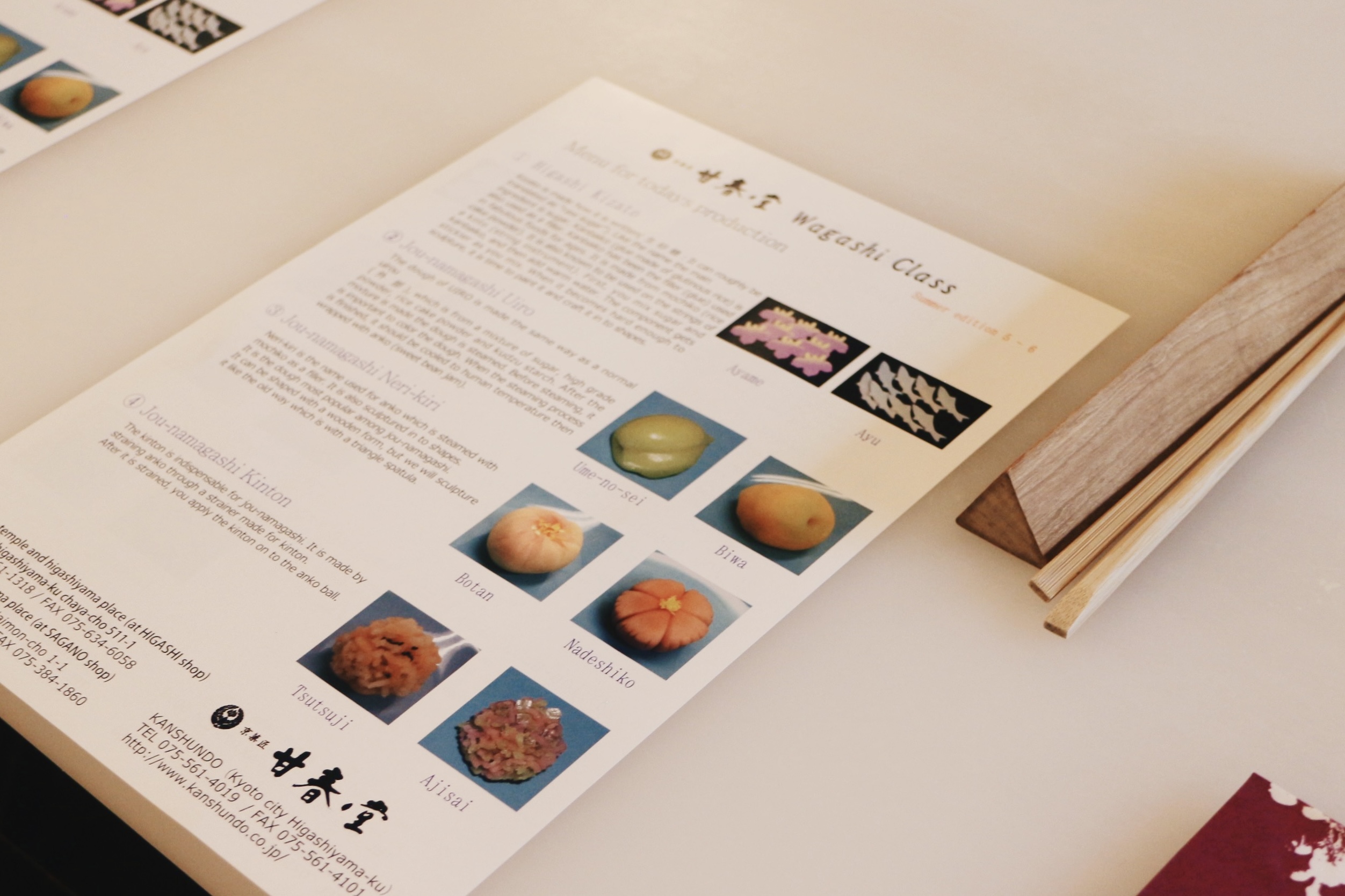
Texts in English, Chinese, and Korean are available upon request at the time of booking. - In a 75-minute workshop, the experience includes making one type of dried confectionery, and three types of jonama confectioneries (Uiro, Nerikiri, and Kinton), to be sampled together with matcha.
Wagashi has motifs that match the four seasons of Kyoto: spring cherry blossoms, summer morning glories, autumn leaves, and winter plum blossoms. You will have a great time crafting the delicate designs that are ubiquitous in Kyoto confectioneries.
Now we will take a look at workshops for making three types of Wagashi inspired by Ayu (sweetfish), Biwa (loquat), Nadeshiko (fringed pink), and Ajisai (hydrangea).
Kizato, dried confectionery
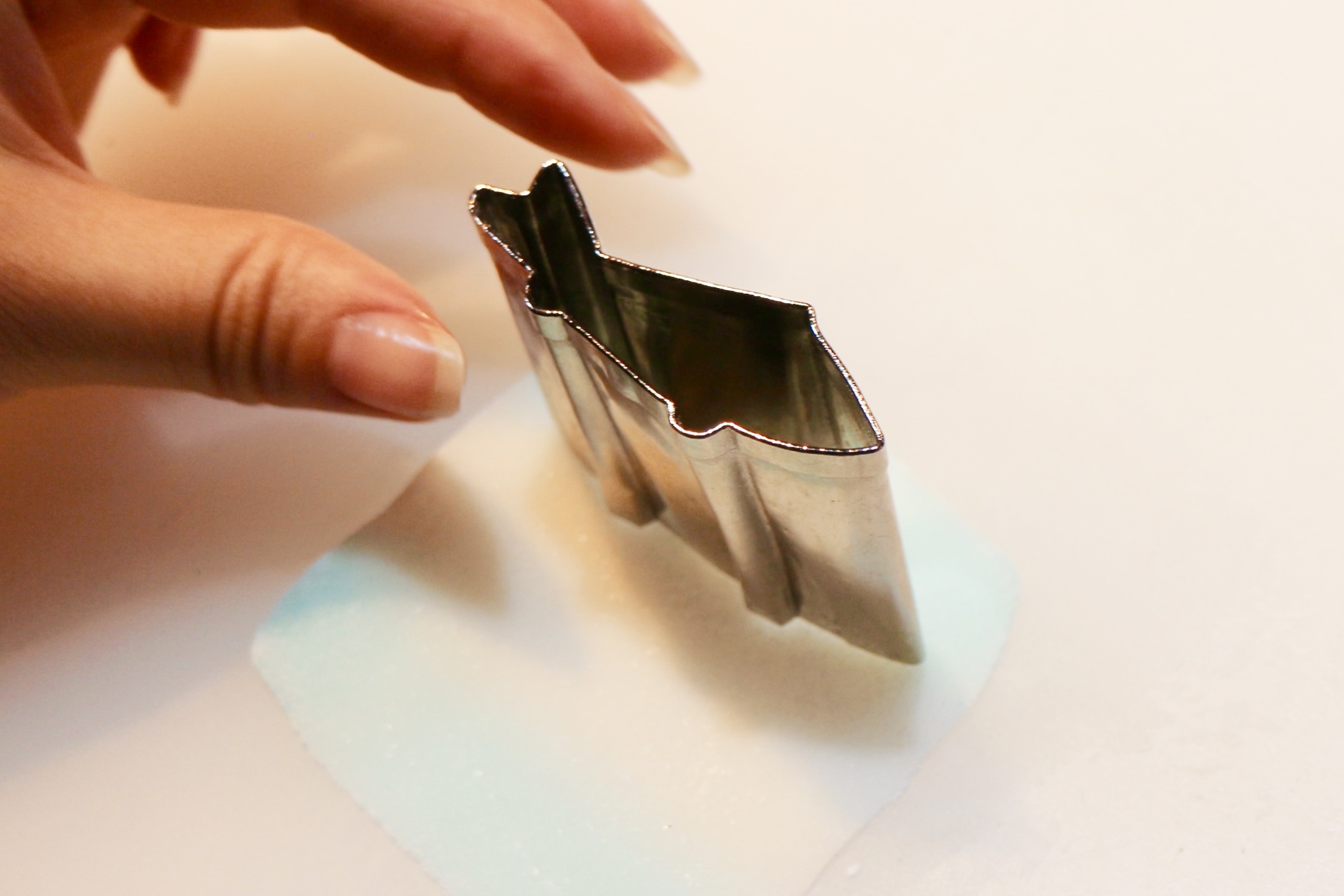
- Kizato confectionery originated in the Genroku (1688-1704) and Kyoho (1716-1736) periods and developed in Kyoto from the high-quality confectionery presented to the imperial family.
As the Japanese characters suggest, Kizato is a Wagashi made almost entirely of sugar. Kizato is made from a mixture of kanbaiko flour made from cooked glutinous rice and a small amount of water, rolled out to a soft earlobe-like consistency. 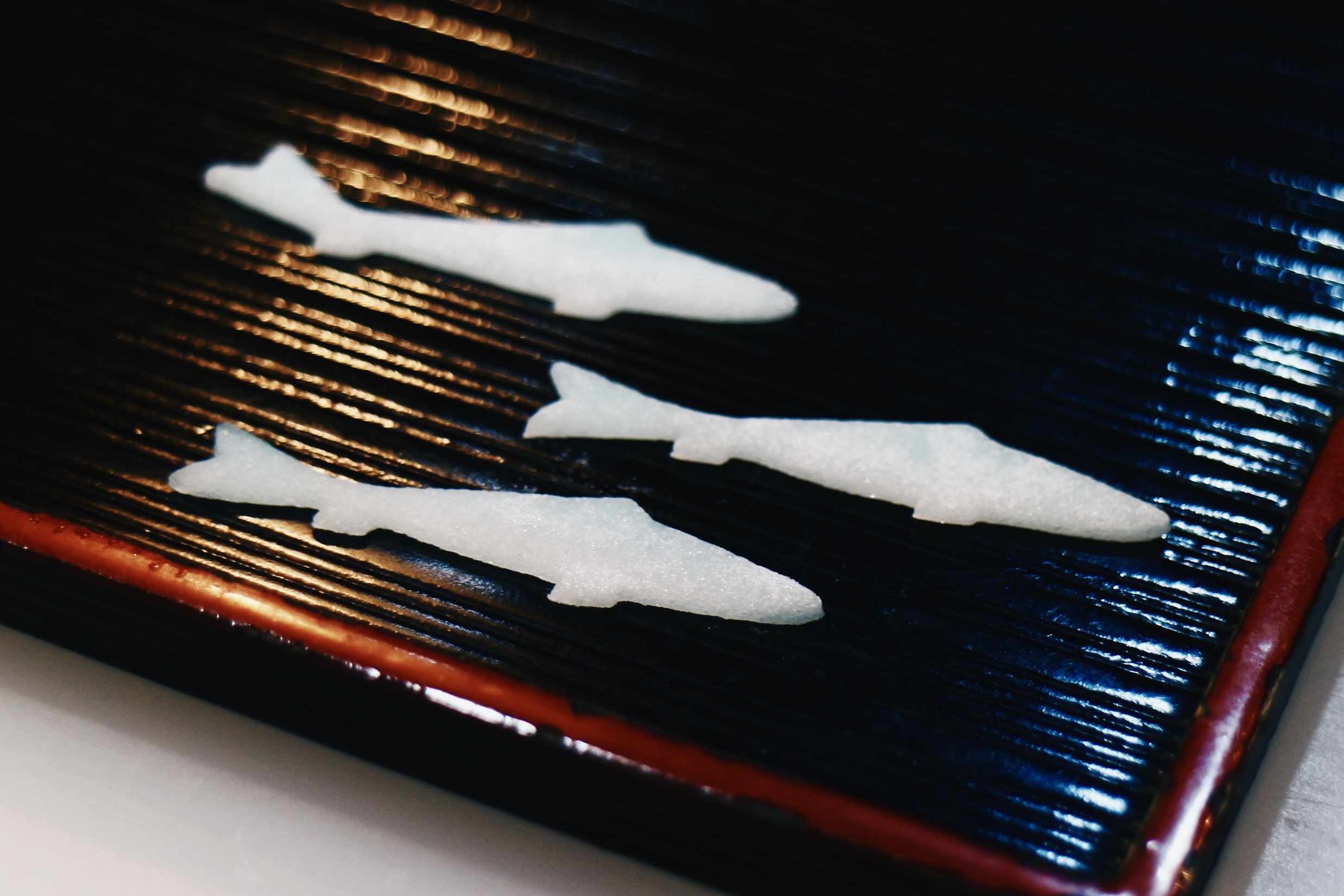
- When the mold of the sweetfish, found in the upper reaches of the Kamo and Katsura Rivers in Kyoto, is applied to the thin dough and removed, a beautiful sweetfish with a blue dorsal fin and a white belly is formed.
Uiro, Jonama confectionery
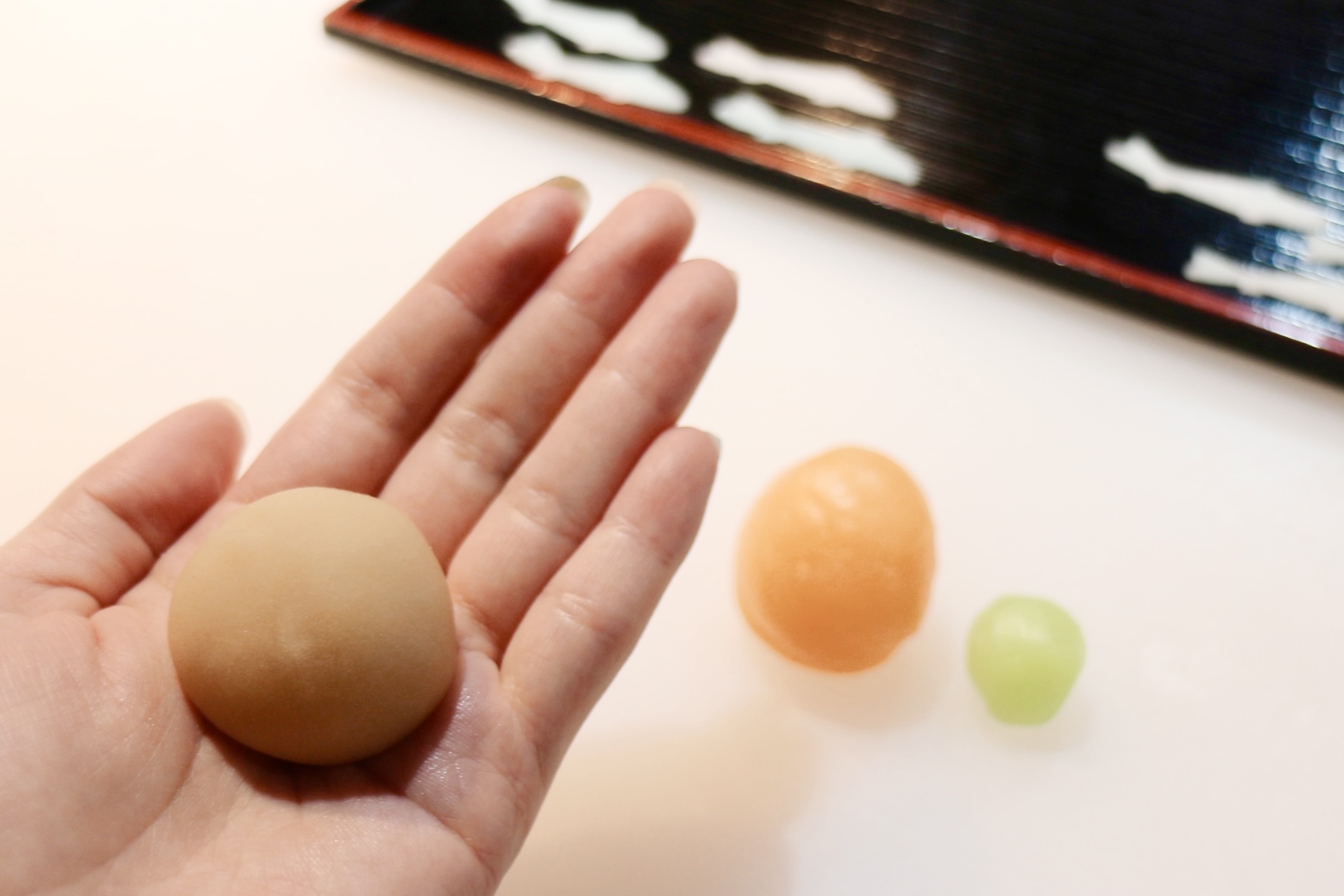
- Uiro comes from the Japanese word for sweet rice jelly and was introduced from China where it was initially used as a medicine. Uiro dough is made by mixing sugar, joyoko flour, glutinous rice flour, and mixed with water and then steamed.
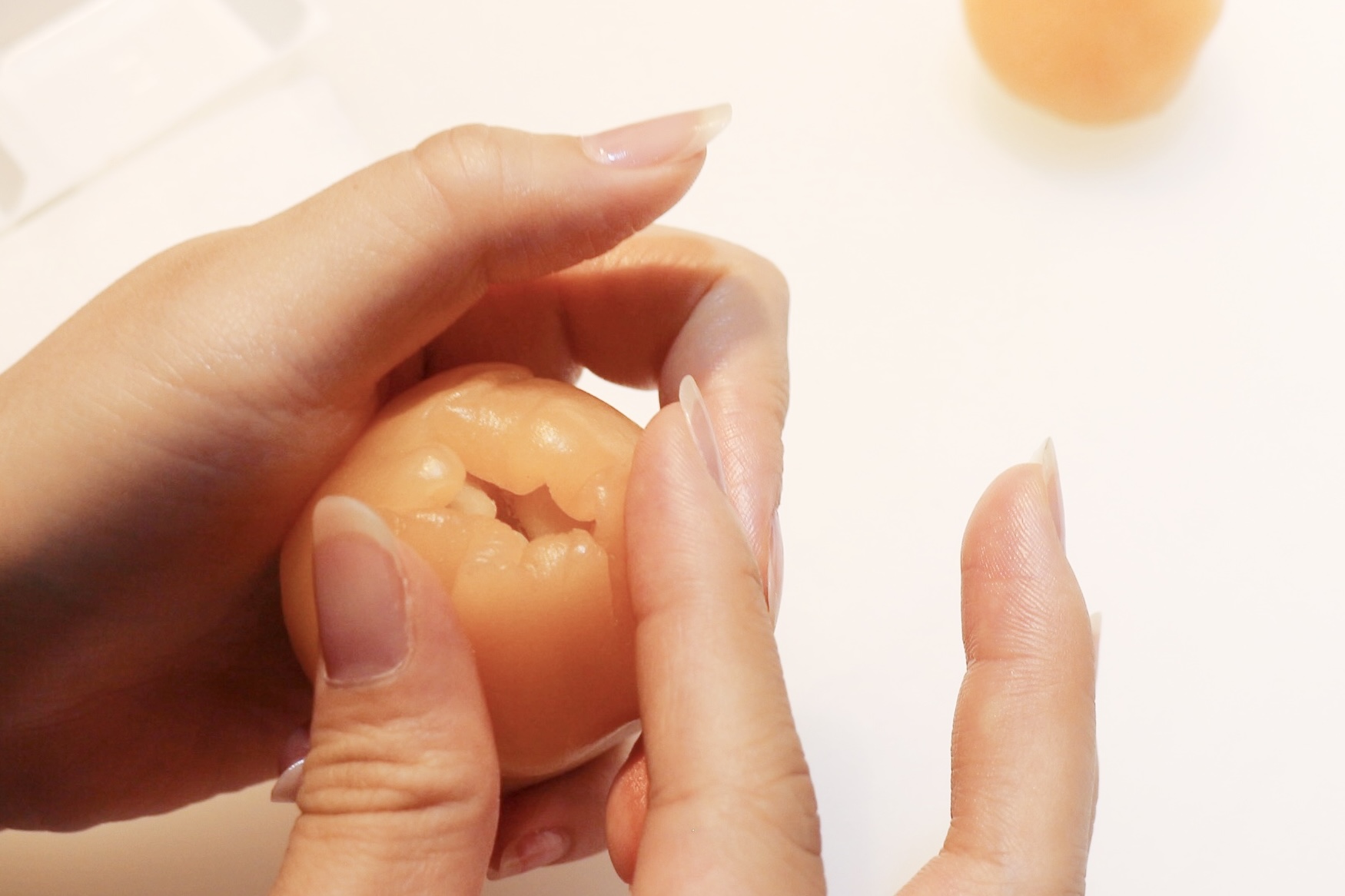
- Once steamed and cooled, the dough is spread thin and filled with white anko paste, then shaped into the shape of a loquat, with a beautiful orange coloring. Using a technique known as “nakabokashi” in Wagashi, the green peeks through the orange, creating a beautiful gradient that looks like a real loquat.
Nerikiri, Jonama confectionery
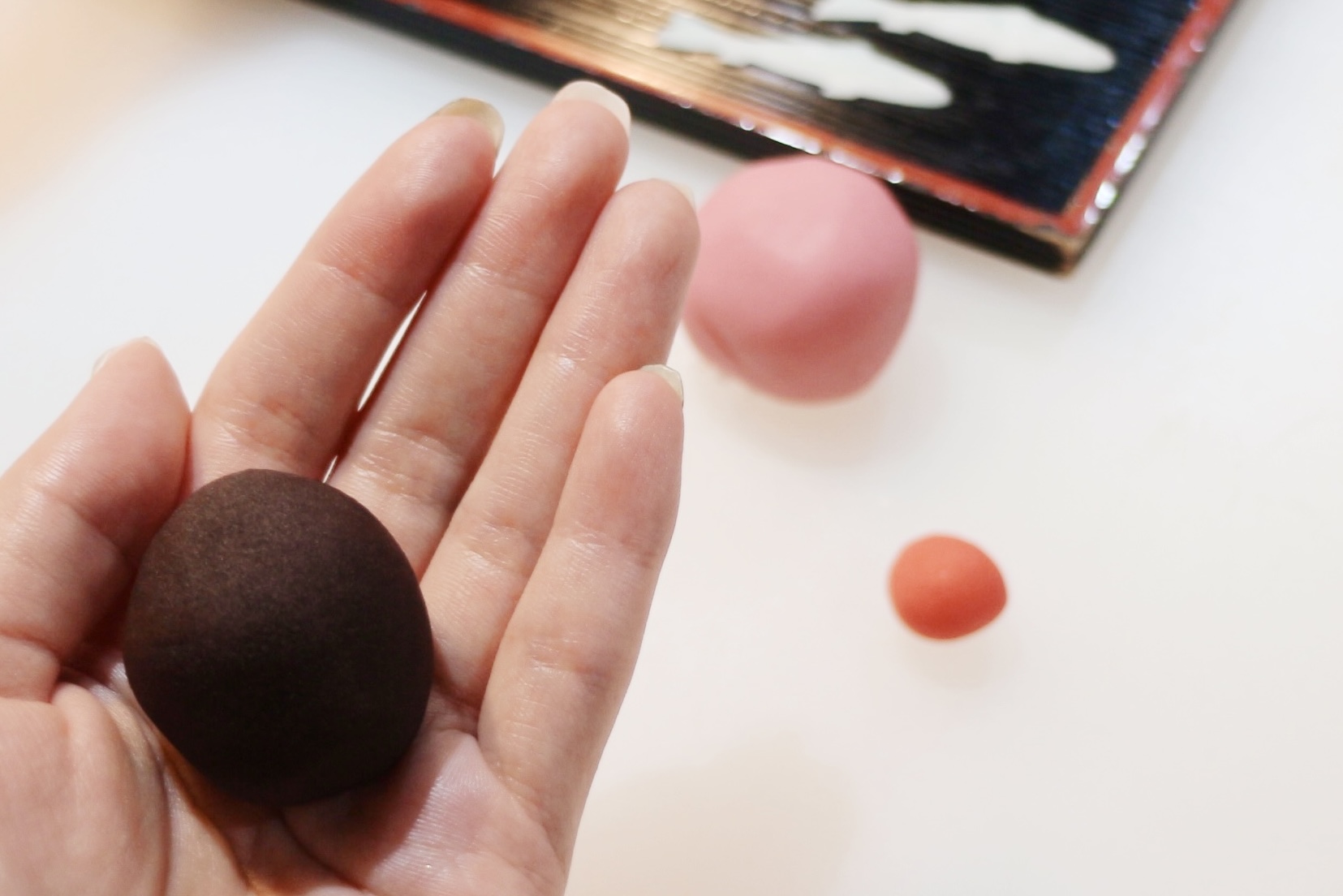
- Nerikiri is a confectionery made of anko bean paste cooked with a glutinous rice flour binder to create a sticky texture. The shape of Nadeshiko is created by working on the dough, which is most commonly used for jonama confectionery.
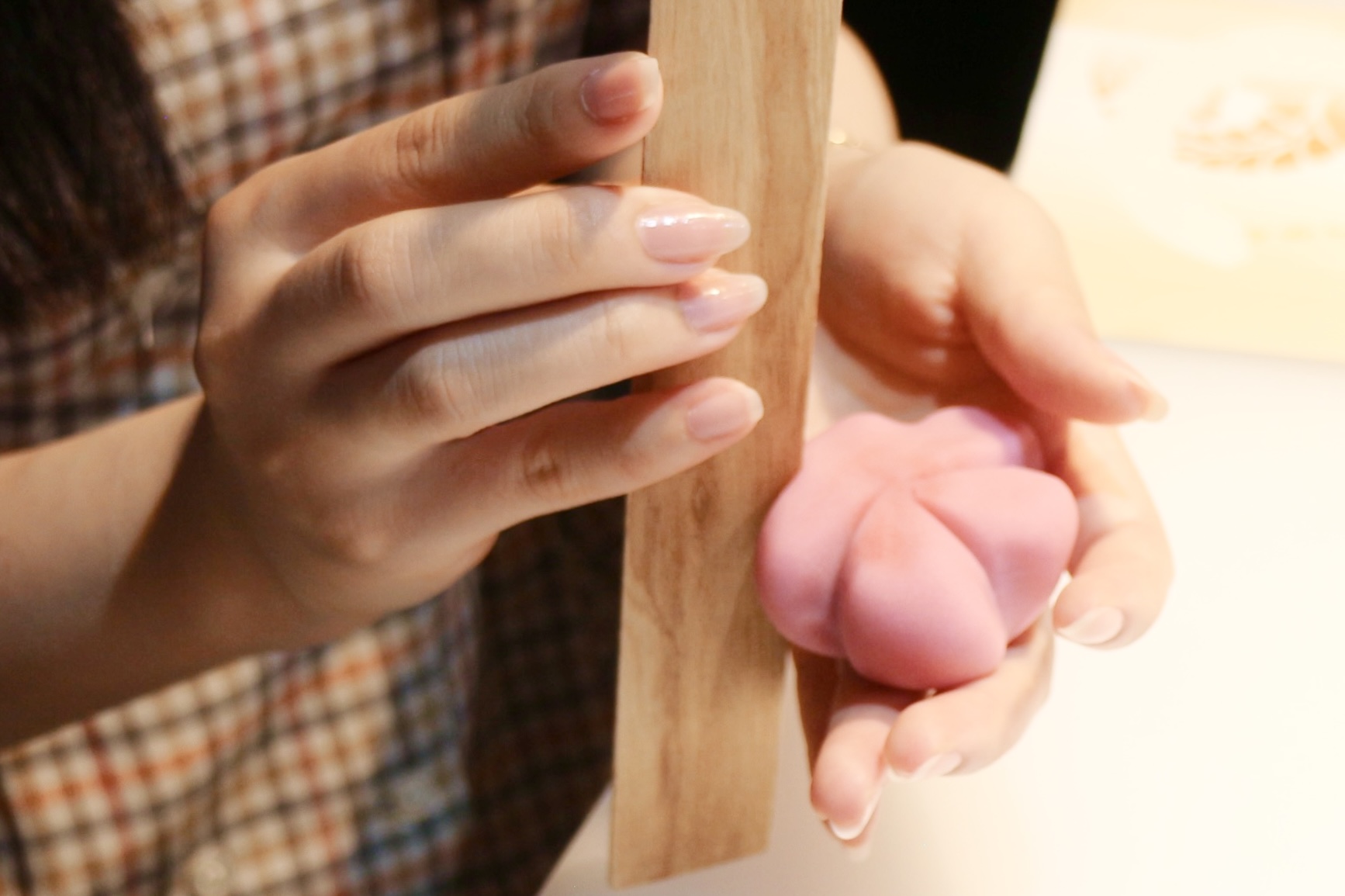
- Nerikiri may be shaped in a wooden mold, but at Kanshundo, we can experience using traditional methods like shaping with cloth or spatulas.
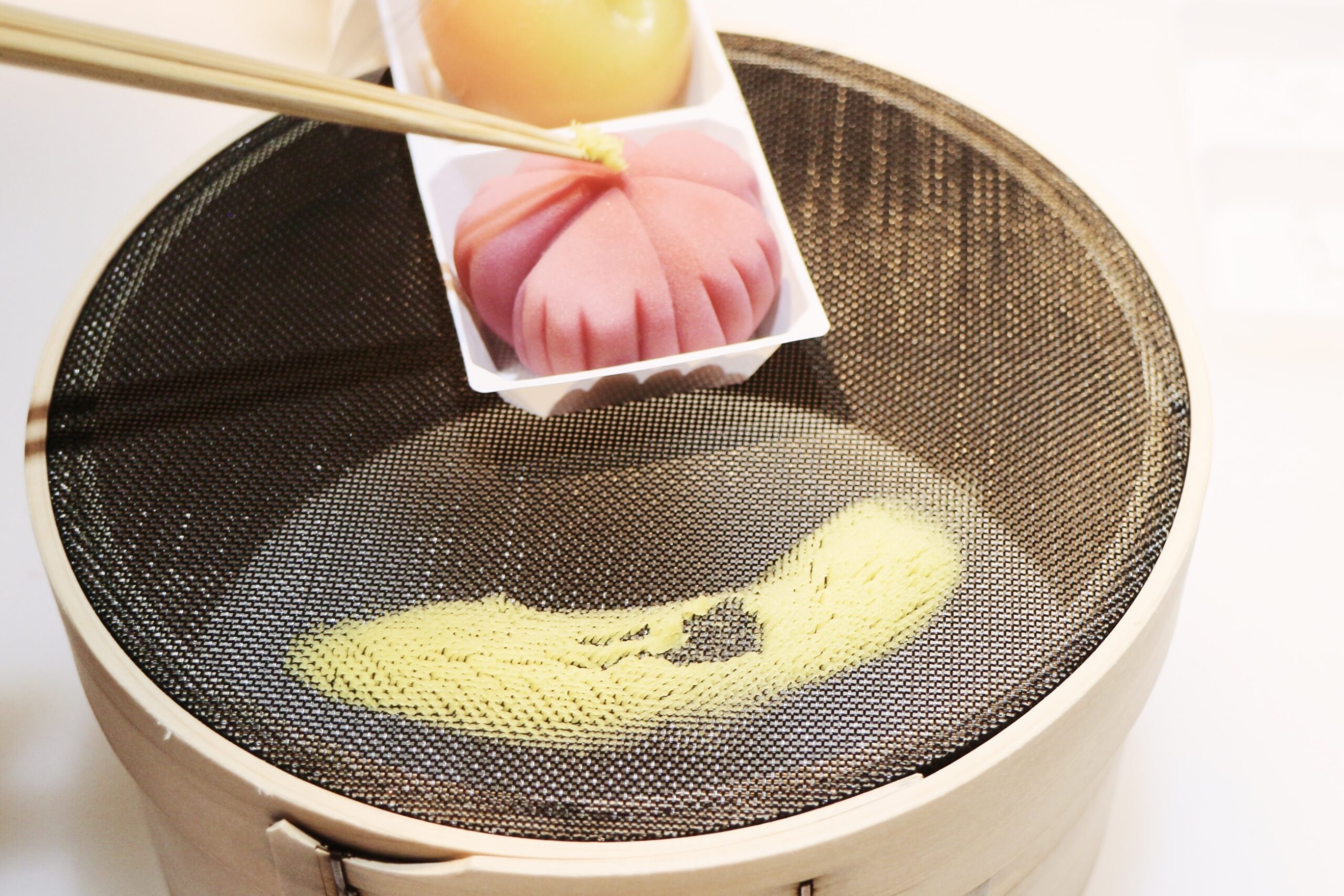
- Once the petals of the Nadeshiko flower have been formed, the yellow anko, which is strained using a kedoshi (a tool made by braiding a horse's tail), is placed on top to represent the stamen.
Kinton, Jonama confectionery
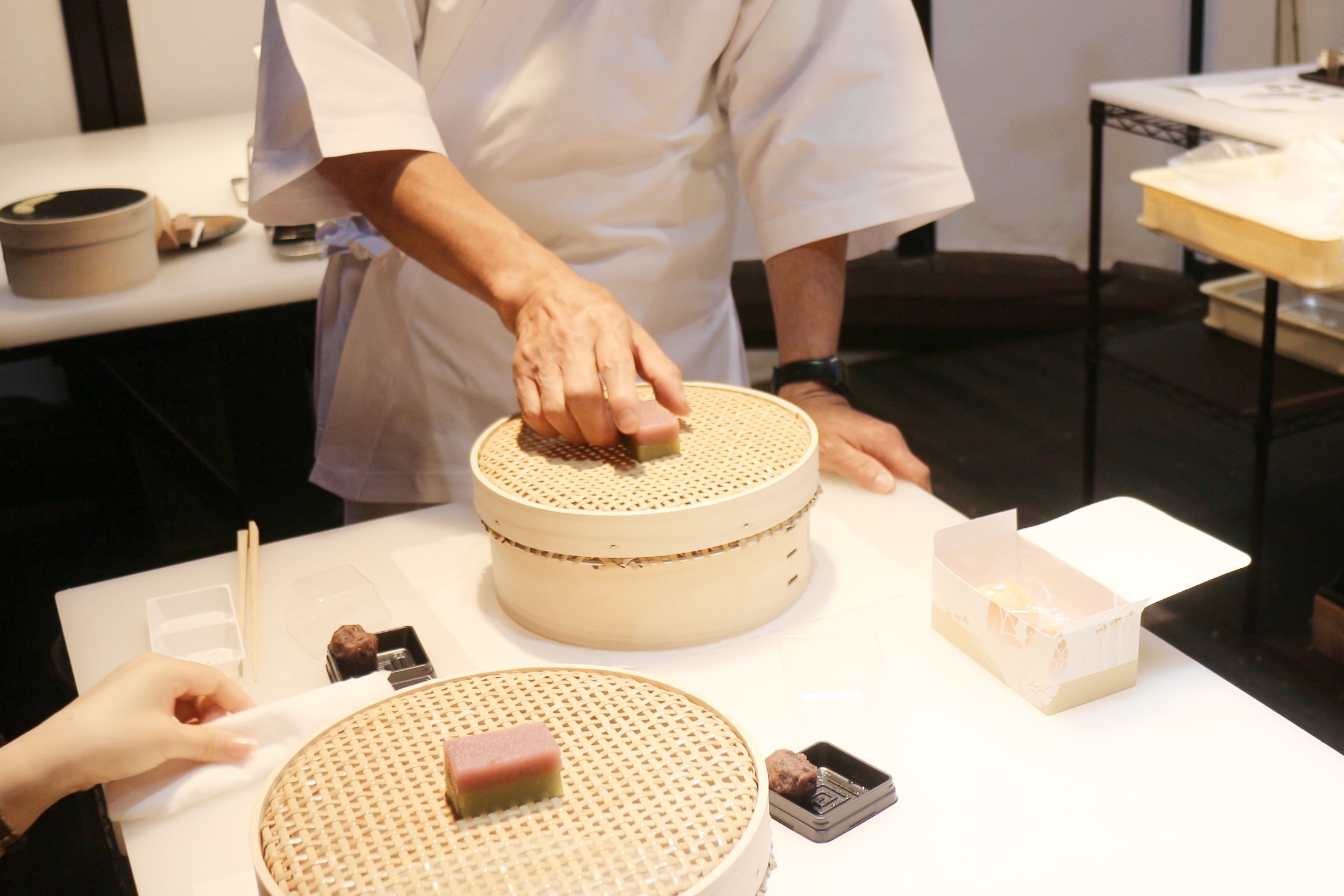
- Kinton is an essential component of jonama confectionery. It is a sweet consisting of a small core of a red anko paste or gyuhi (type of mochi) and is covered with a kneaded, strained, and minced sweet anko, This is used to express objects things such as delicate flower petals.
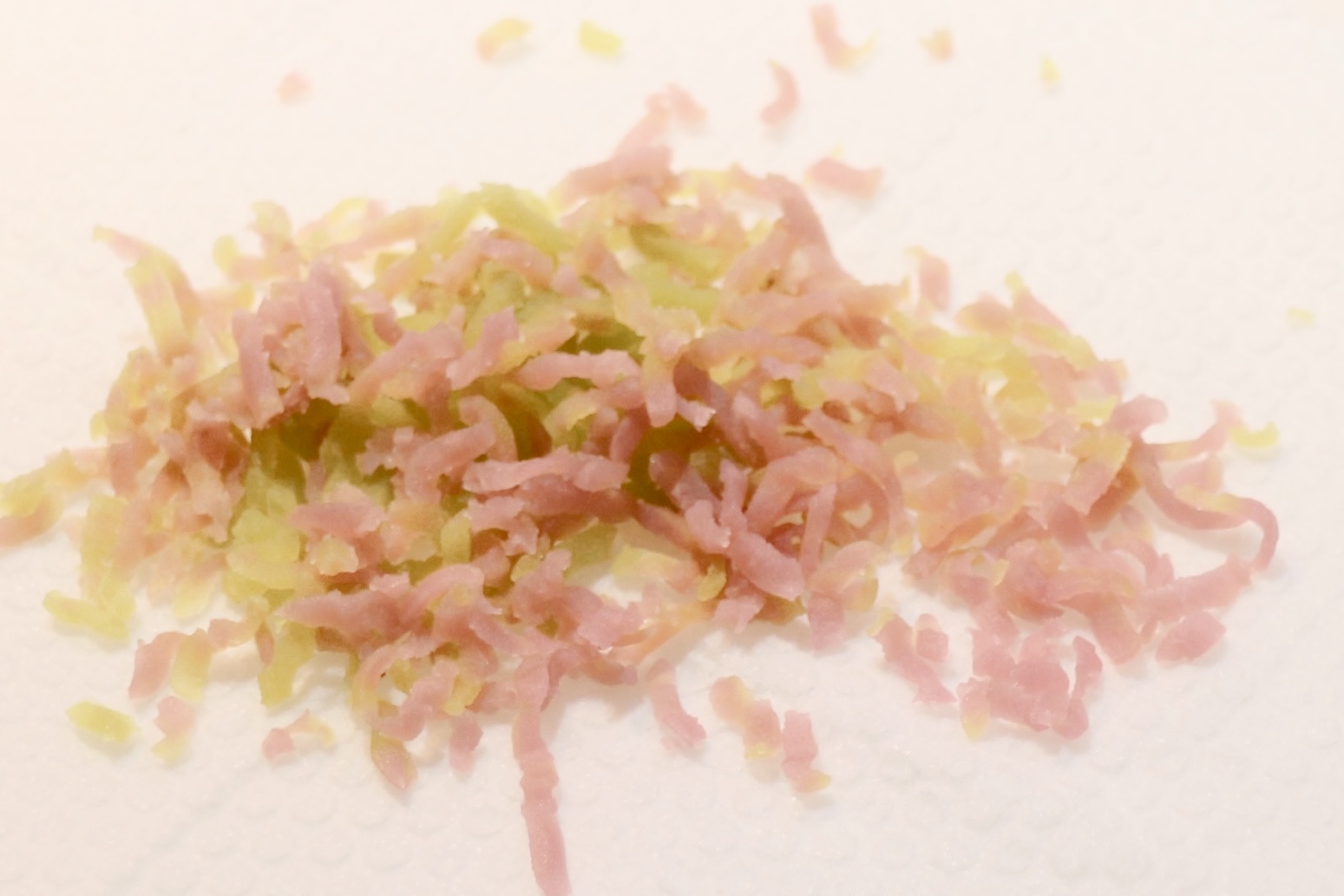
- We made Kinton based on a hydrangea motif this time. The yokan for the kinton is passed through a rattan sieve to make a shredded texture, and the shredded texture is then carefully placed around the anko ball with chopsticks.
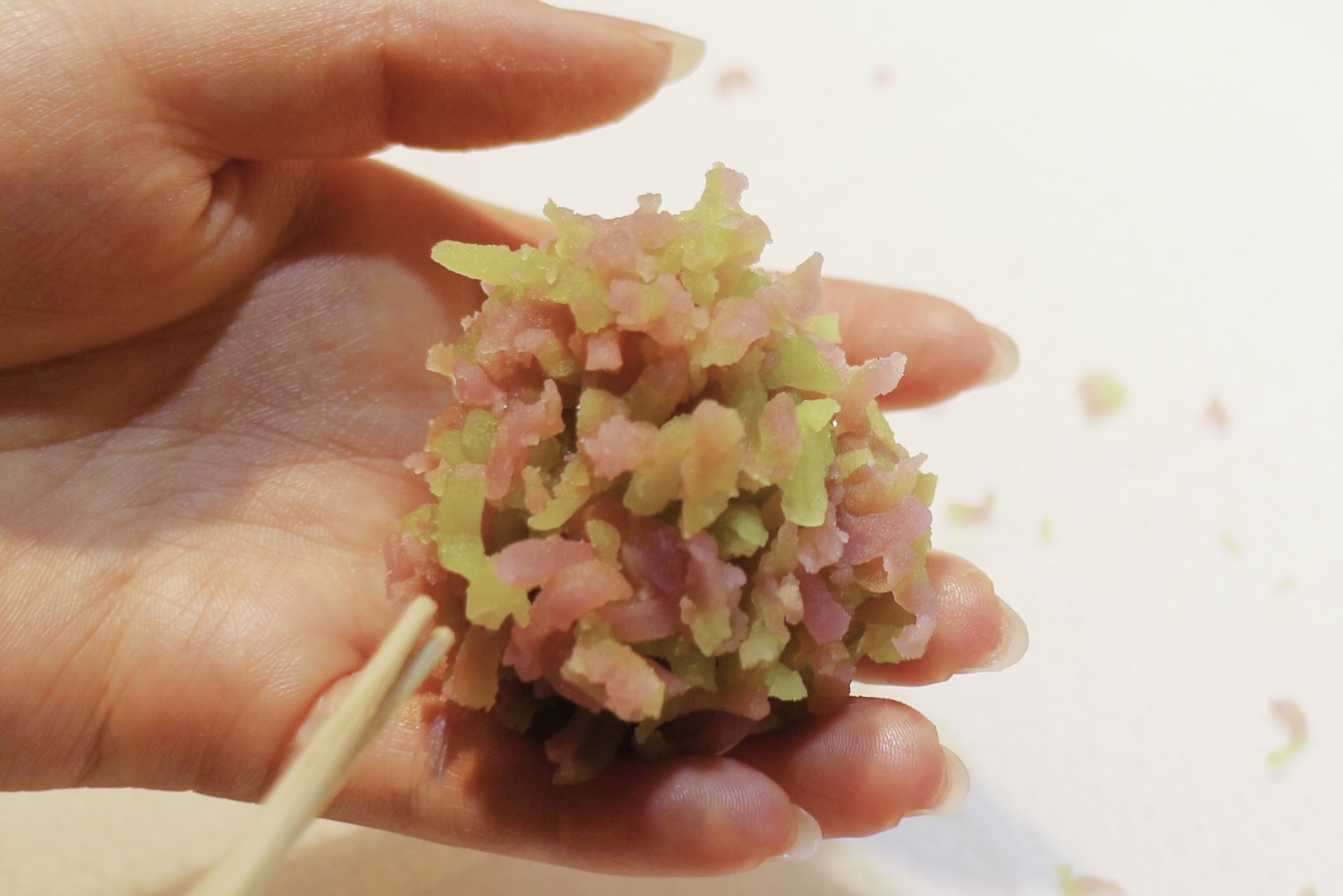
- Once all of the shredded anko is added, some transparent agar, which resembles raindrops, is placed on top to complete the Kinton, and convey a hydrangea after the rain.
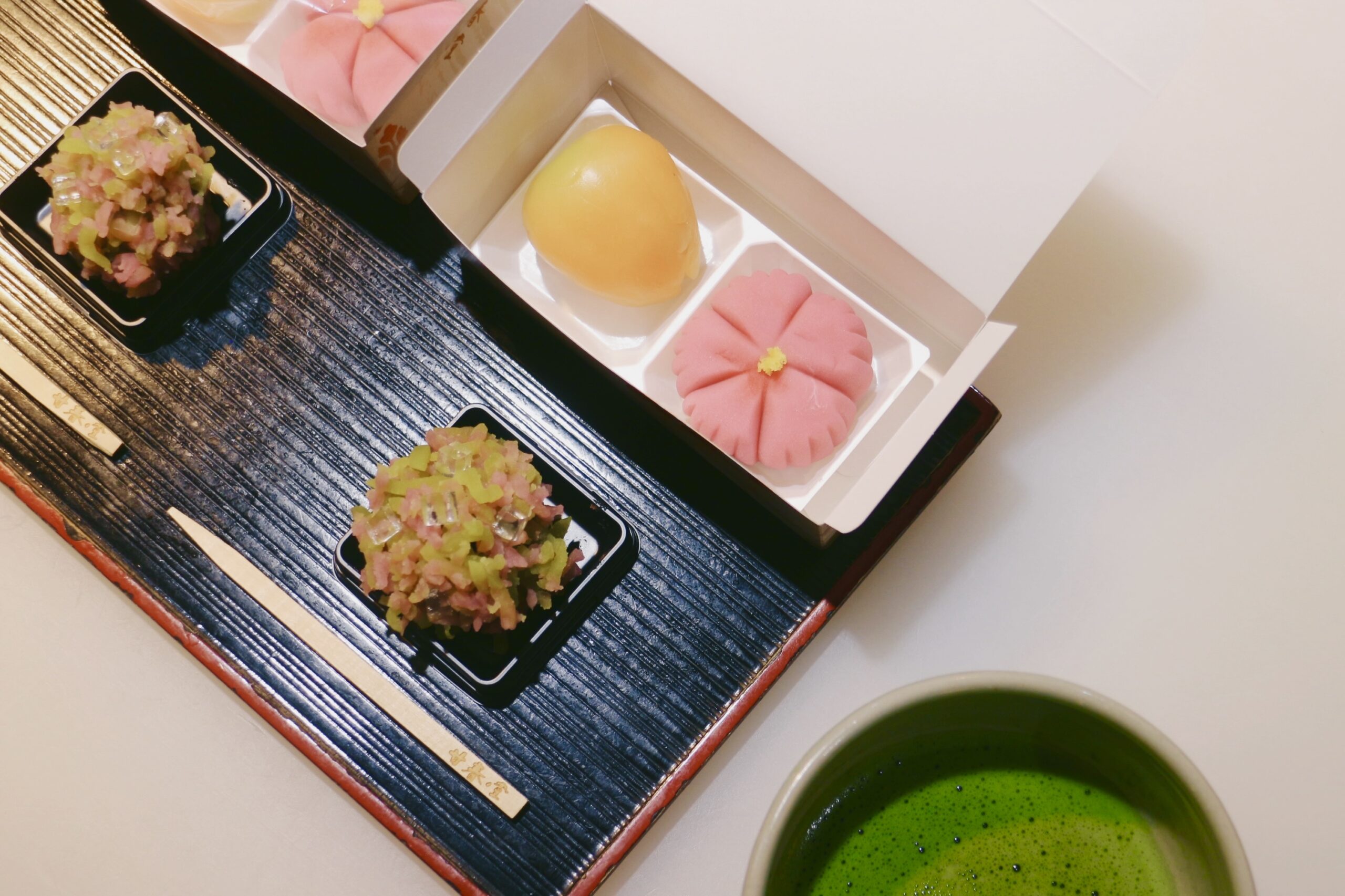
After completion, it is served with aromatic matcha green tea for tasting.
Experience the great tastes of the seasons of Kyoto
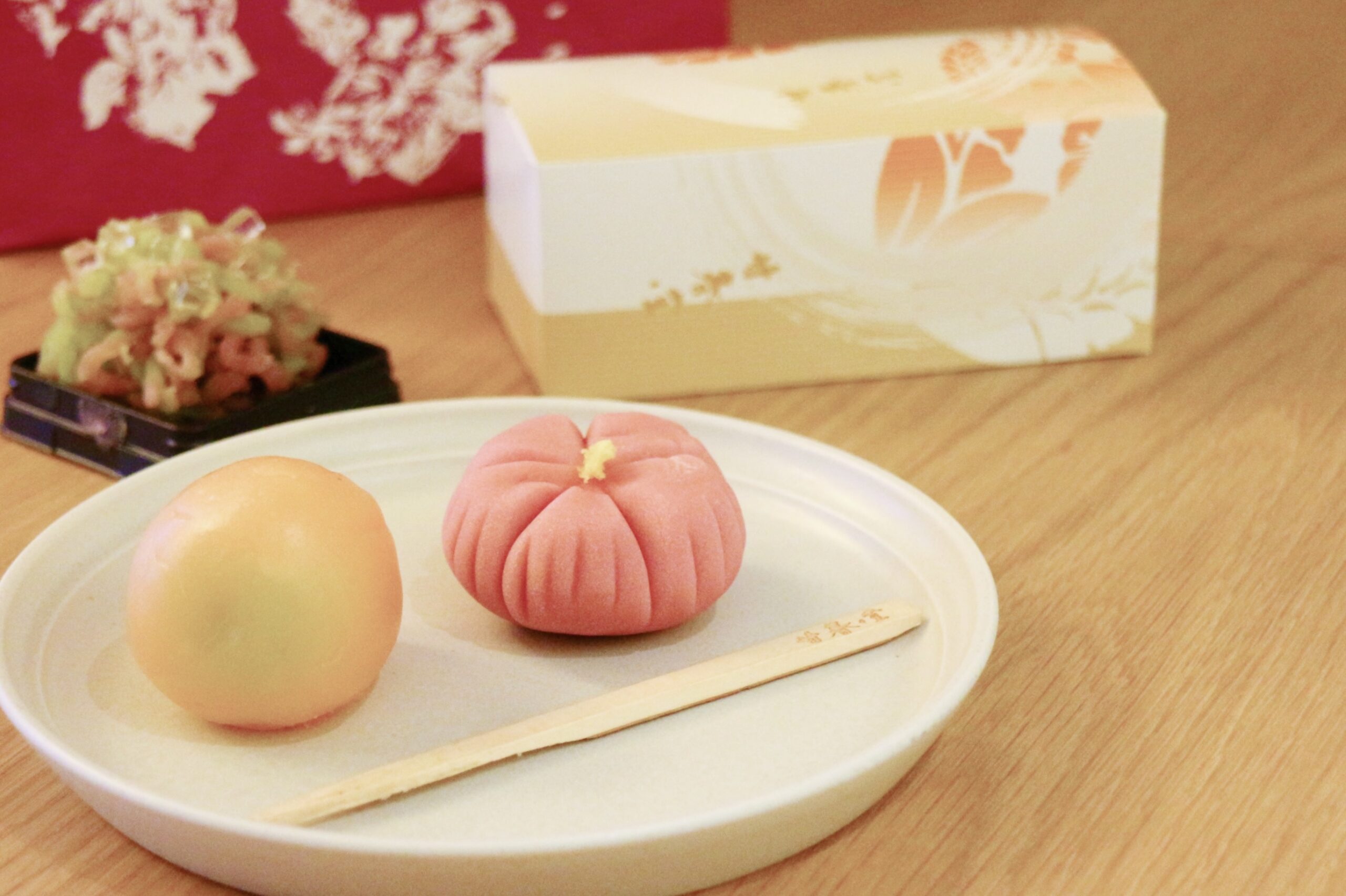
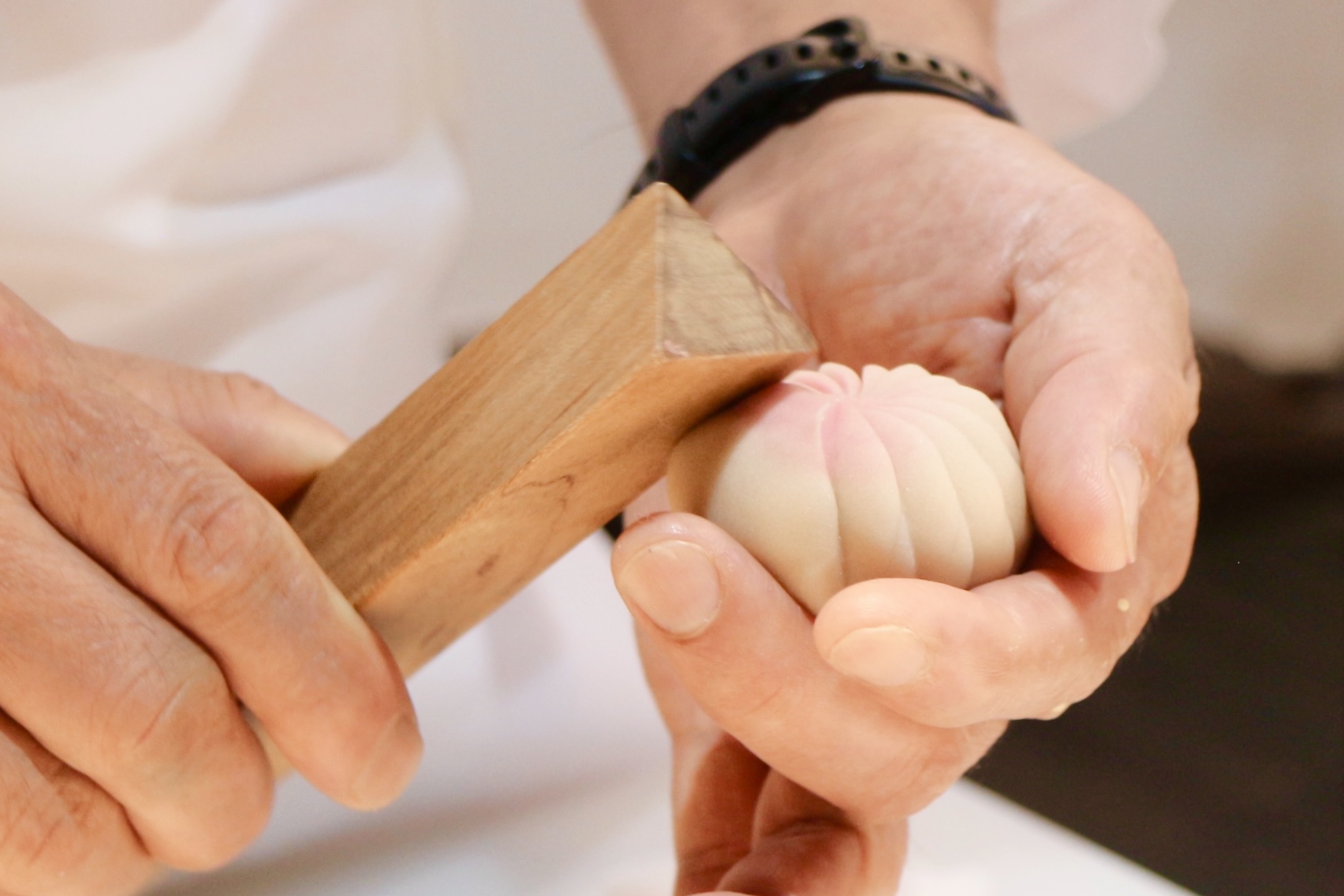
After the Wagashi making workshop, enjoy a performance of Wagashi making by skilled experts right in front of your eyes. 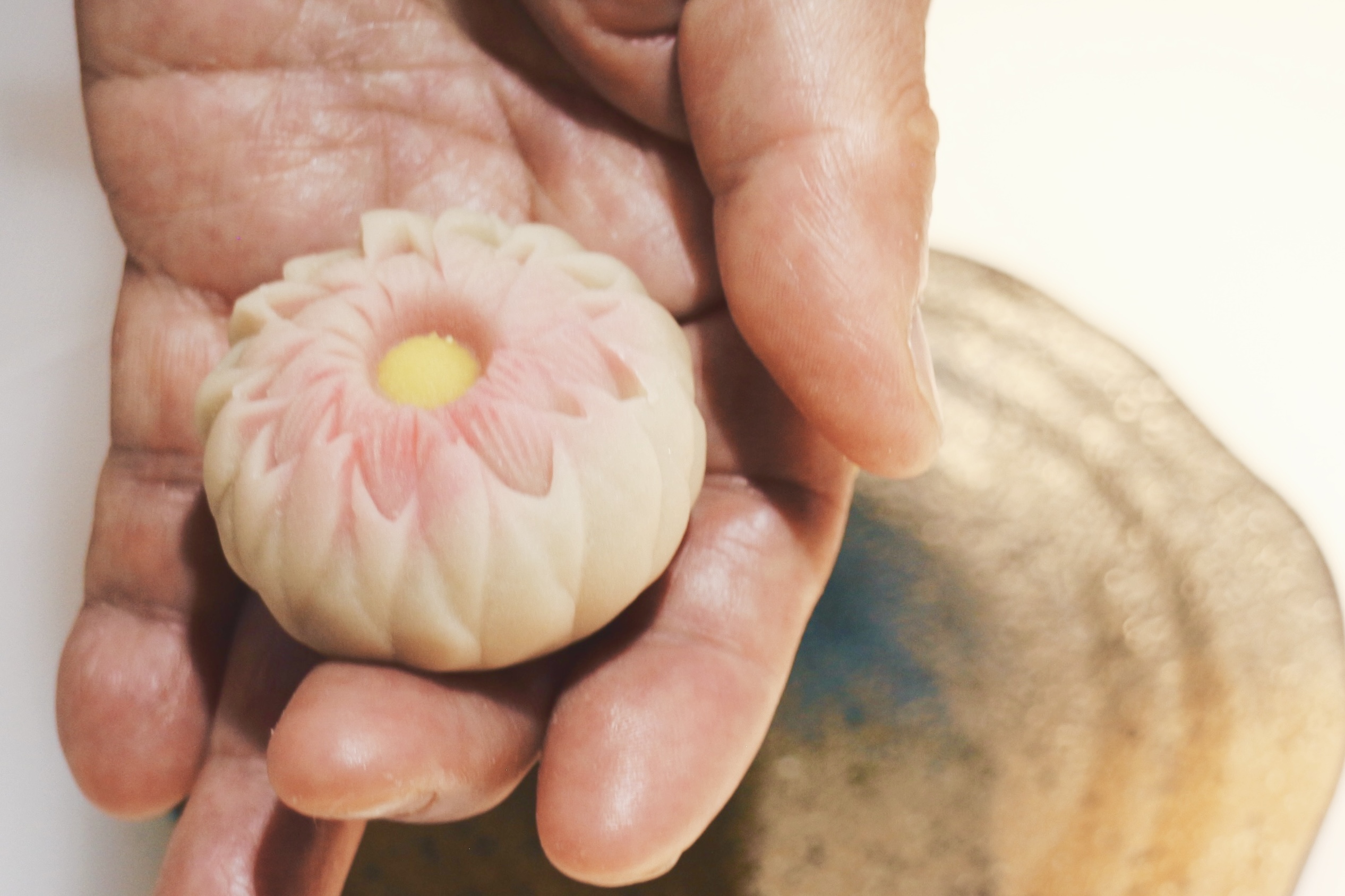
Artistic Wagashi based on the image of chrysanthemums, which is often seen on special occasions. - Kanshundo allows you to have fun crafting Wagashi in a traditional Kyoto townhouse with Wagashi experts. Experience the beautiful changing seasons in Kyoto while enjoying crafting your own Wagashi.
Kanshundo East Location
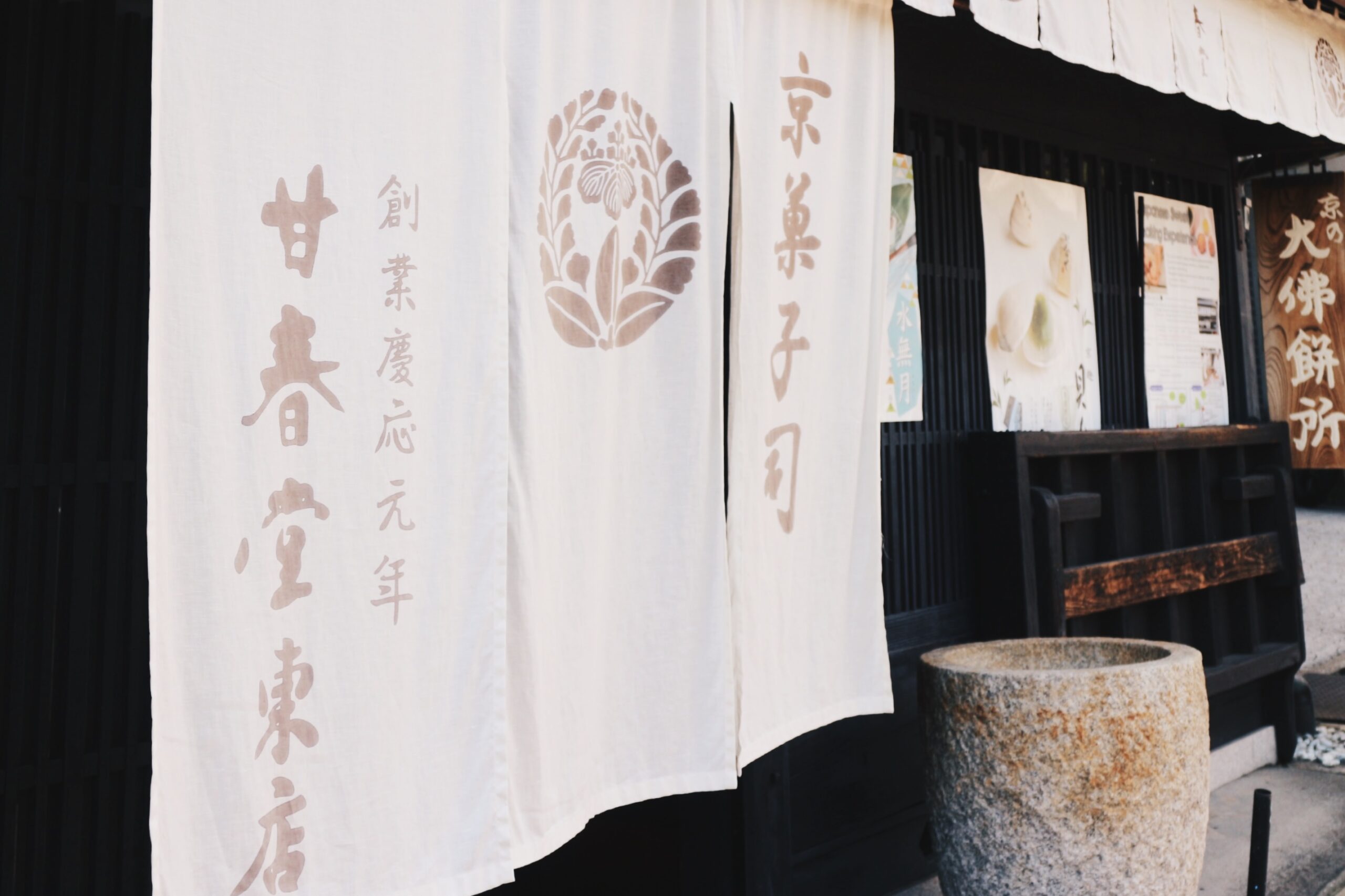
- Address: 511-1 Chaya-cho, Higashiyama-ku, Kyoto
TEL: 075-561-1318
kanshundo.co.jp/aboutus/shop/higashi/
※Please check the website before visiting.
Kyo Iroha
- THE HOTEL HIGASHIYAMA's cultural experience program Kyo-Iroha offers various Japanese cultural activities, including wagashi making showcased above, karakami printing, pottery workshop, and Kyoto sensu fan painting.
>tokyuhotels.co.jp/en/higashiyama-h/kyo-iroha/ 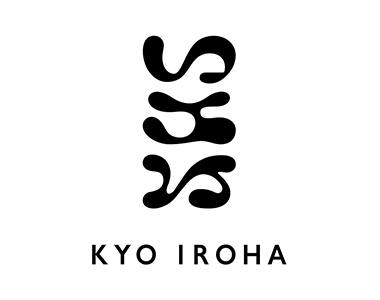
Gateway to the finest of Kyoto
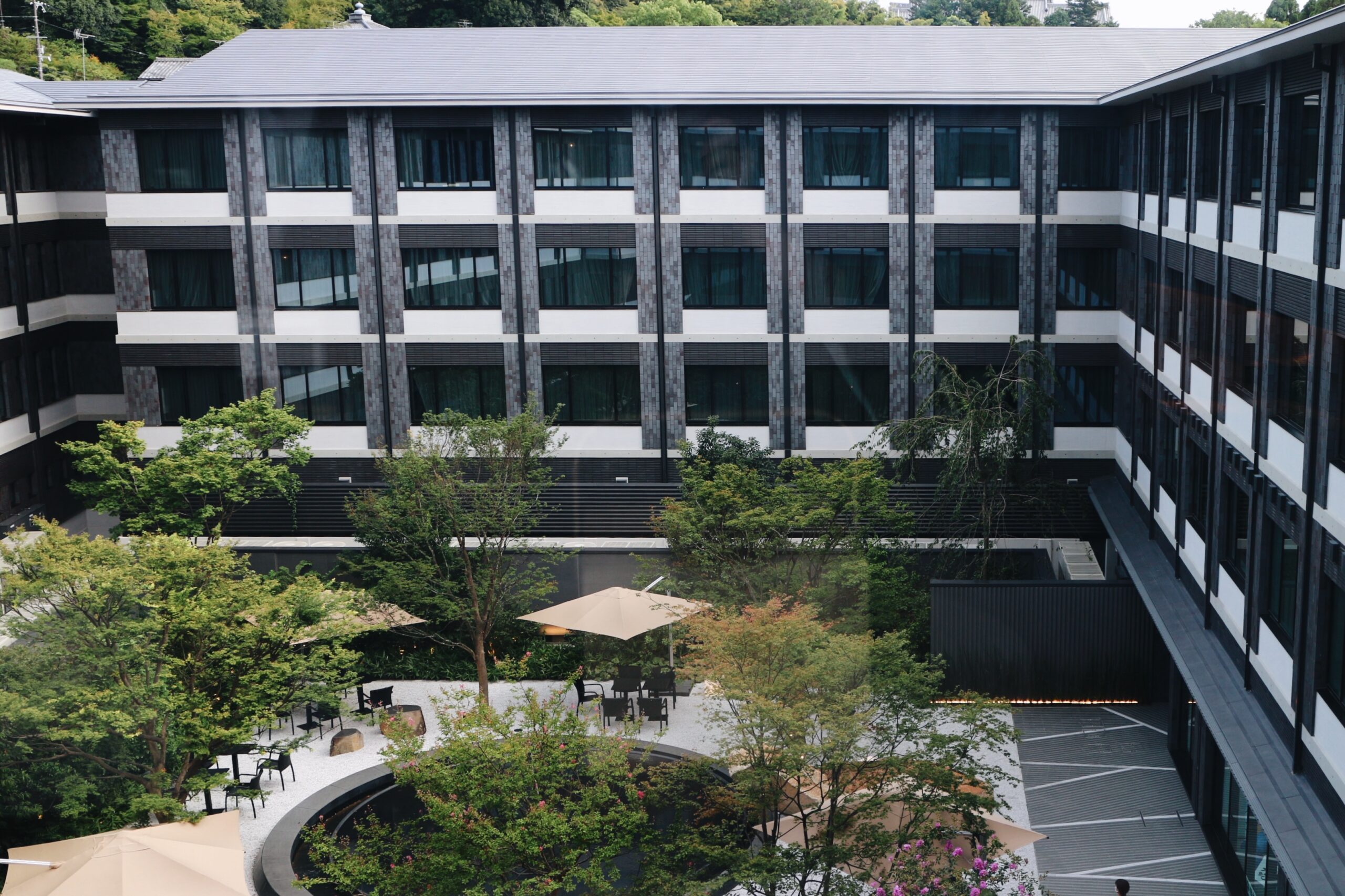
- THE HOTEL HIGASHIYAMA is located about 30 minutes by train and on foot from the Kanshundo East location.
After experiencing the tradition of making Wagashi, indulge your senses with the beautiful culture of Japan in THE HOTEL HIGASHIYAMA.
From here, let’s take a look at the charms of THE HOTEL HIGASHIYAMA. 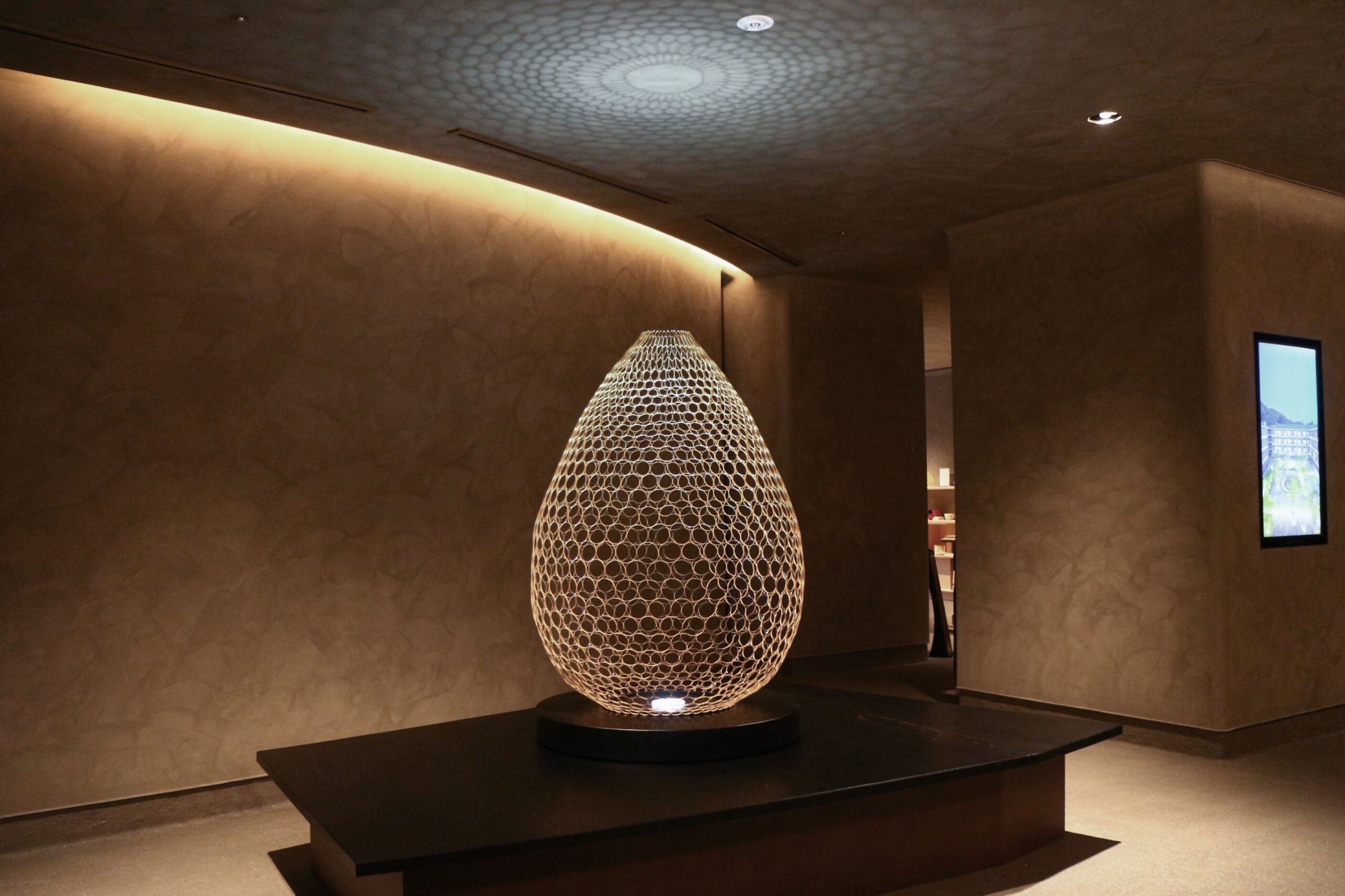
- At THE HOTEL HIGASHIYAMA, you can experience various forms of Kyoto's art and traditional culture. Upon entering the hotel, you are greeted by a variety of original artworks.
Particularly eye-catching in the lobby is a bamboo "objet d’art" made by Takano Chikko, a company that continues to produce high-quality tea ceremony utensils. The softness and roundness of the design are distinctive, and at night it lights up to create mysterious shading. 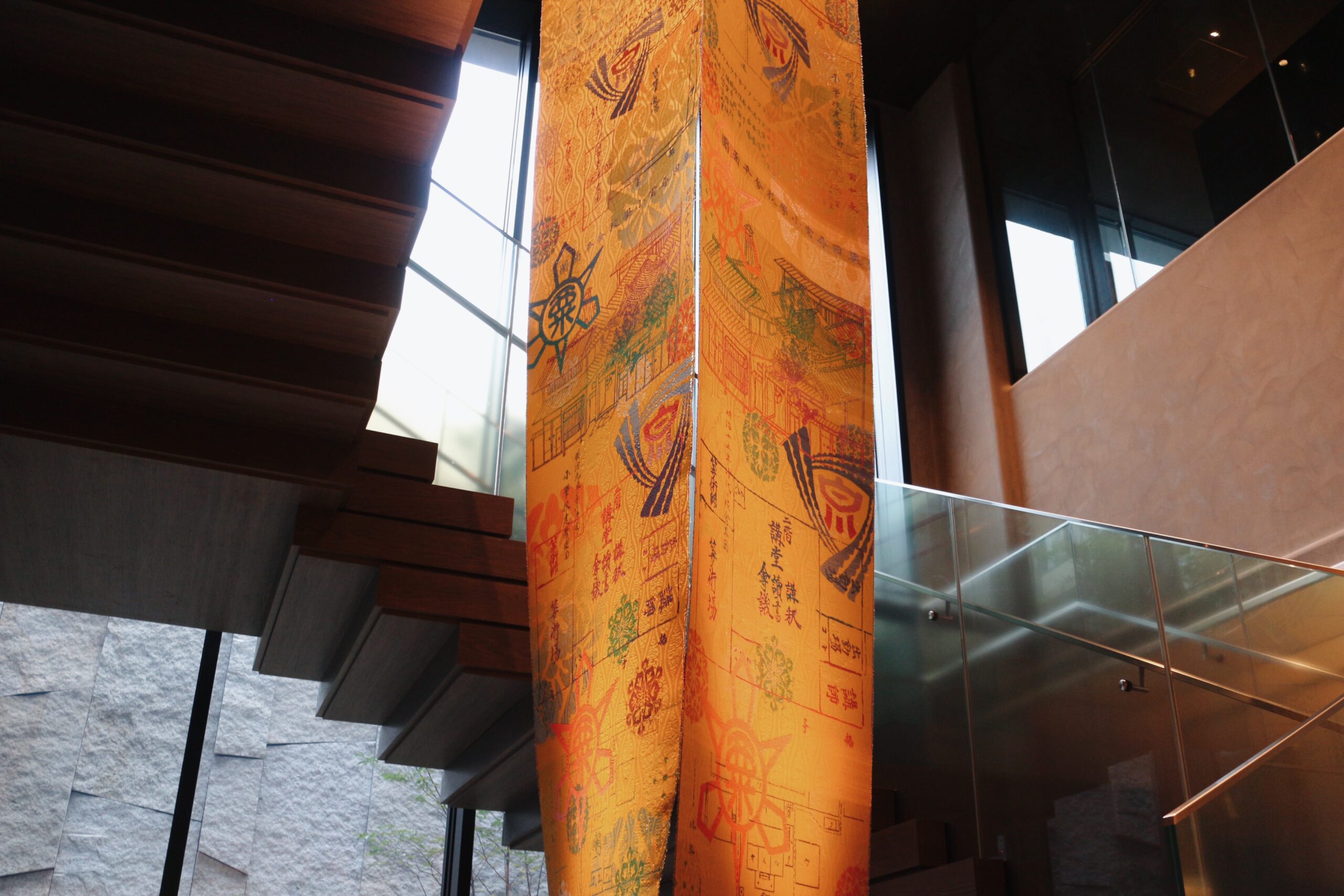
- On display in the area leading from the lobby to the basement restaurant is a textile artwork by Aiko Tezuka, woven in a modern style using the techniques of Nishijin brocade. The work is two stories high and 15 meters long, yet it is colorful and delicate.
Located on the lobby floor is the Tea & Bar Sarei produced by Gion Tsujiri, a long-established business founded in 1860. 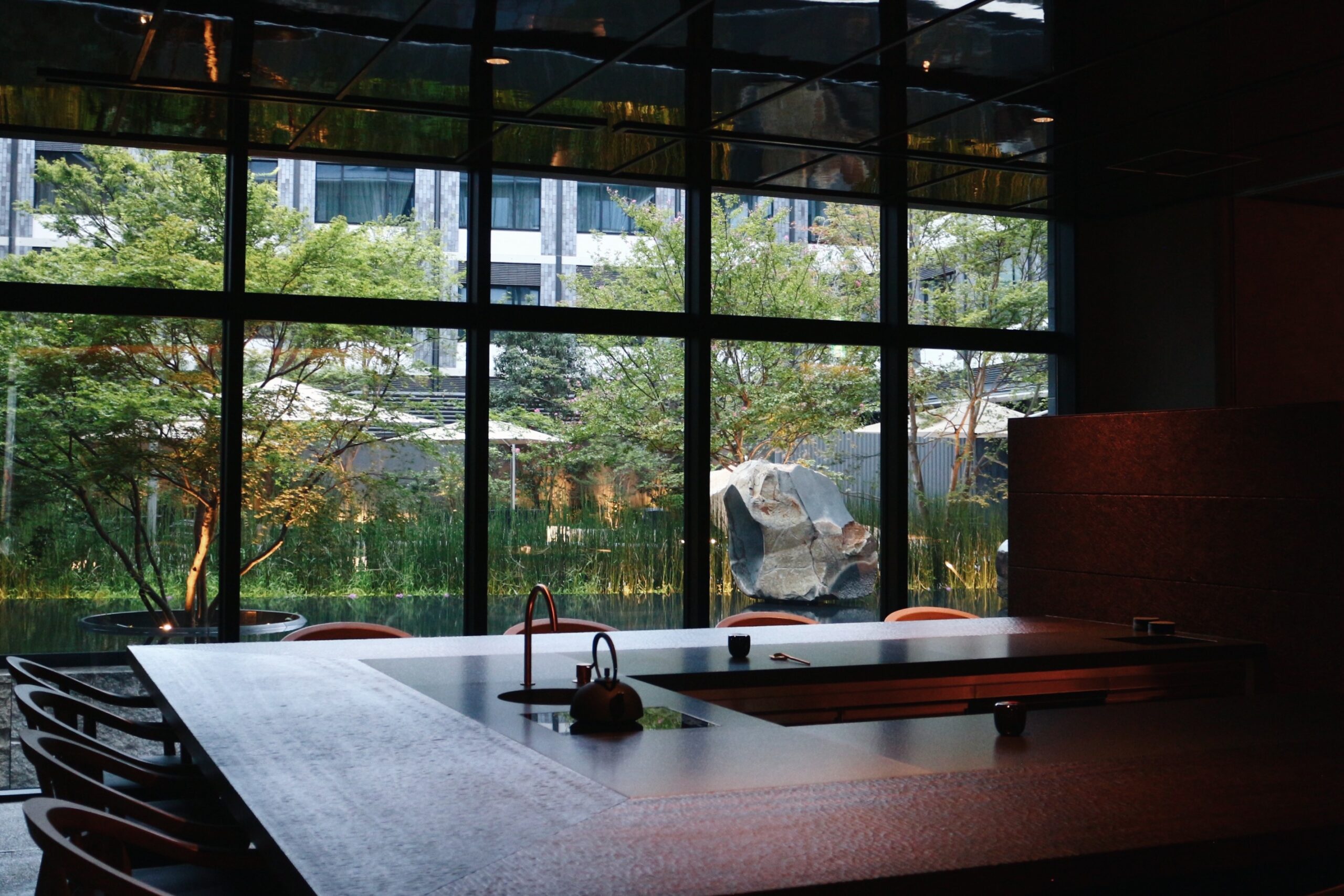
- The salon offers an array of mainly Japanese teas, including matcha, and also offers workshops such as Uji tea classes. Drinks are available to-go and can be enjoyed on sunny days in the nearby courtyard.
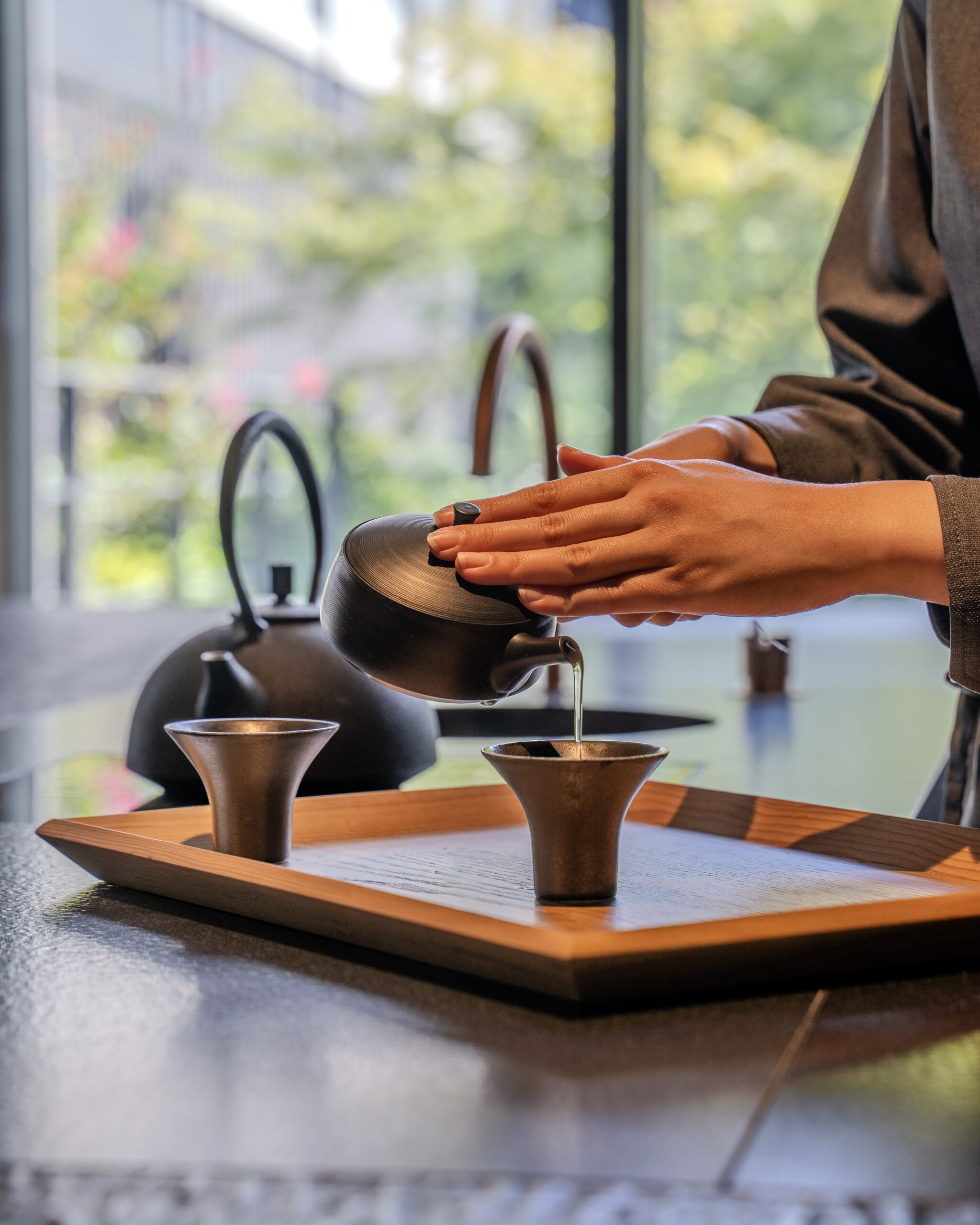
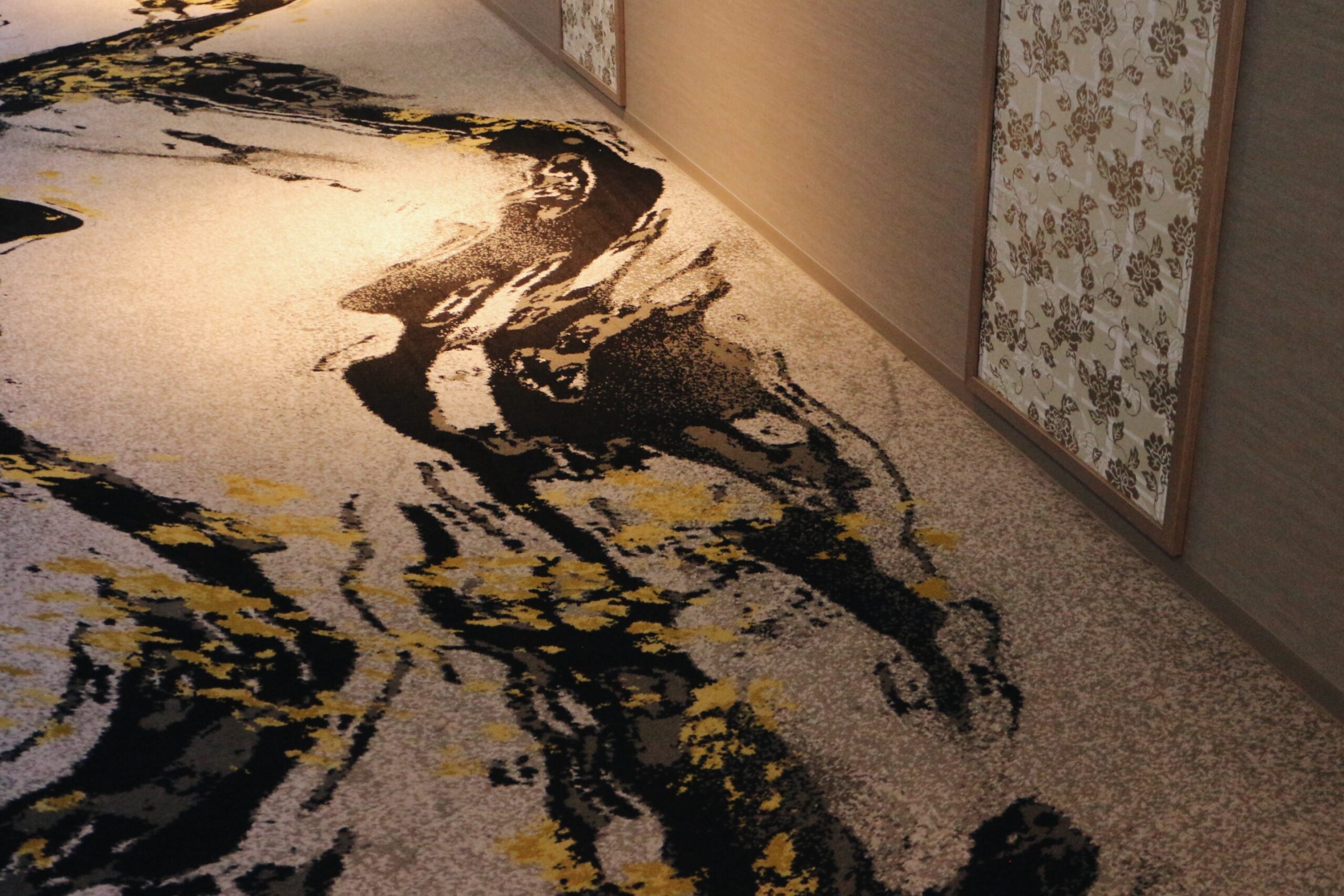
The corridors are lined with Kyoto-style karakami paper, decorative paper stamped with traditional patterns, and carpets designed to resemble the flowing and shimmering water of the Shirakawa River located near the hotel, providing an elegant ambience for guests to enjoy.
Peaceful guest rooms
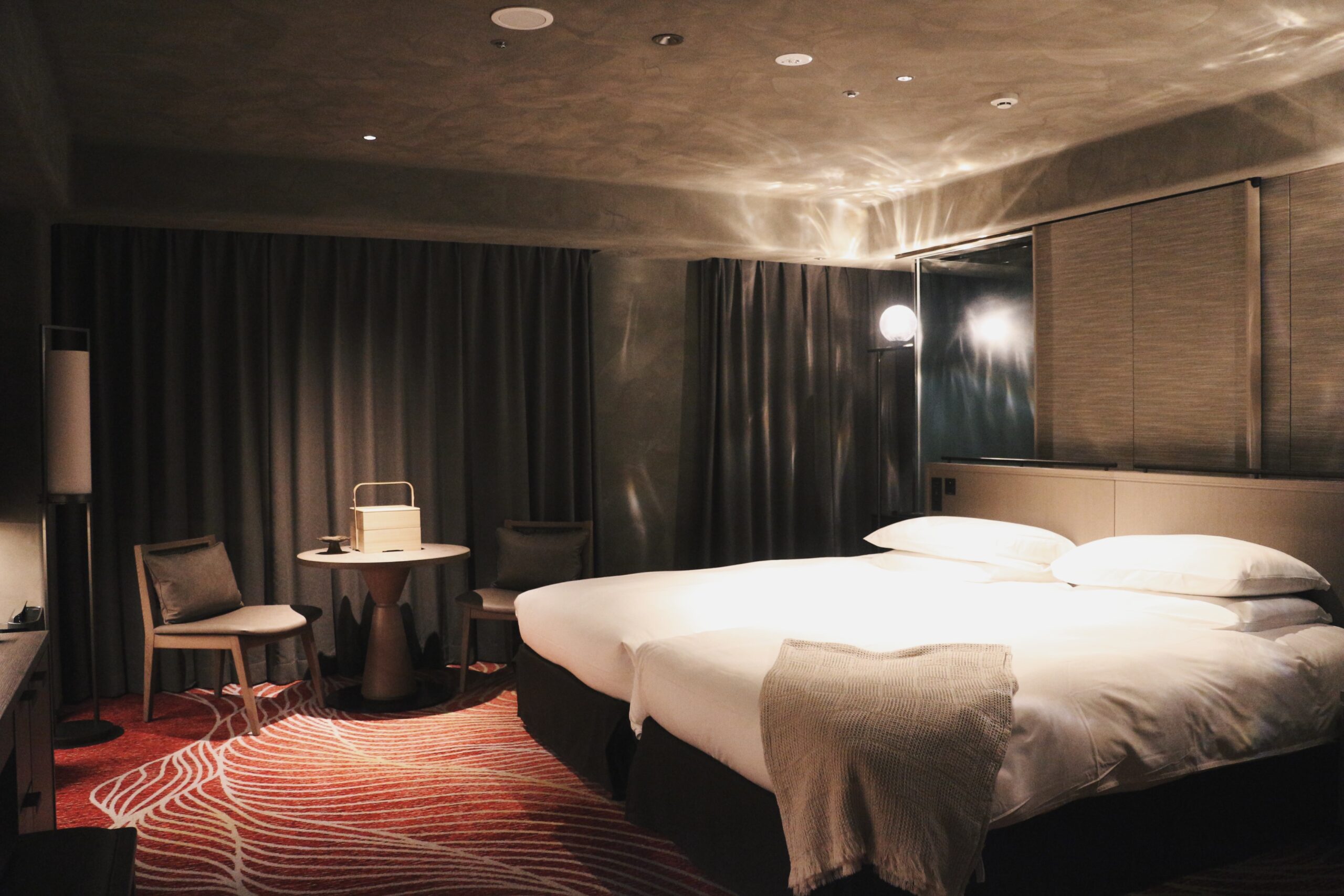
- The four types of guest rooms are Superior, Premium, Executive, and Suite rooms. Each room combines the essence of Japanese and Western styles to create a chic and relaxed atmosphere.
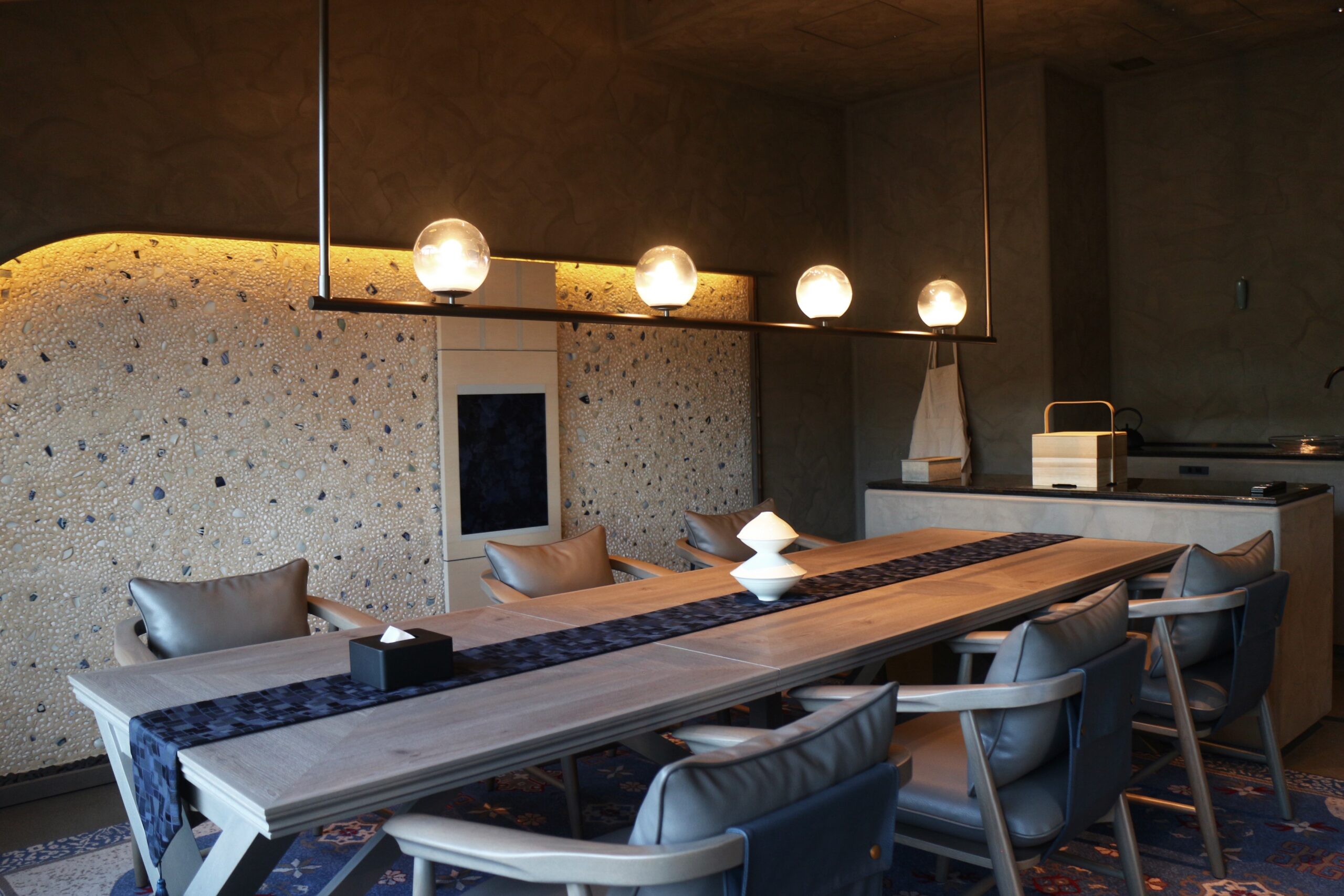
The concept of the Higashiyama suite is 'a coffee and ceramics lovers home'. Each suite is as luxurious as a mansion, and every room is individually inspired by the concept. 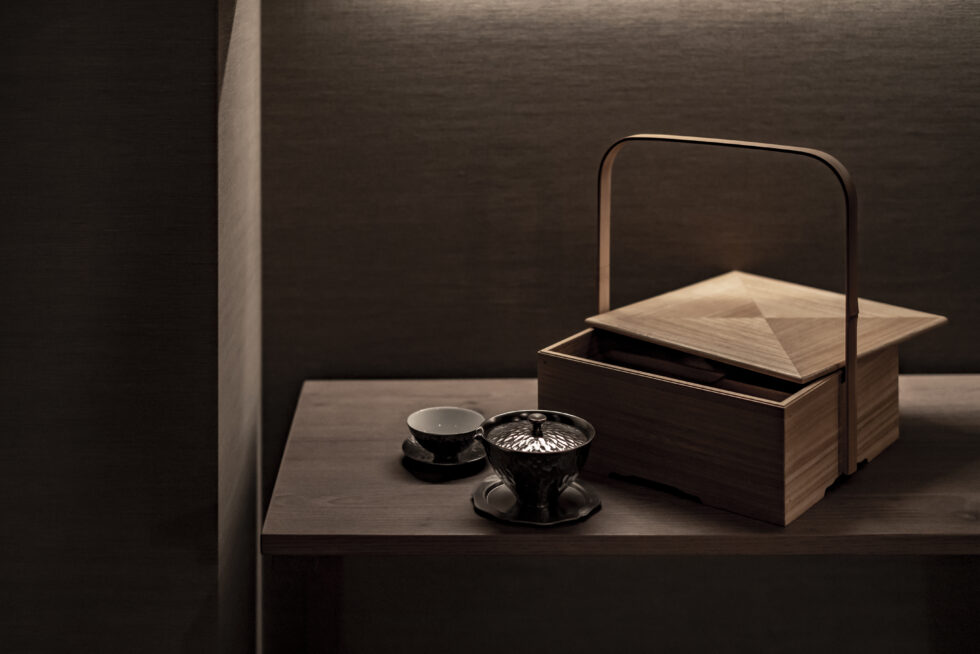
- The tea boxes placed in all guest rooms include items made especially for this hotel. The boxes are hand made by craftsmen at Takano Chikko, who carefully bend bamboo and combine it with paulownia wood to convey the unique hospitality of Kyoto.
The tea boxes include drip coffee from Ogawa Coffee (available only in Executive rooms and Suites), along with gaufrettes, sencha, and kabusecha tea bags from Gion Tsujiri. 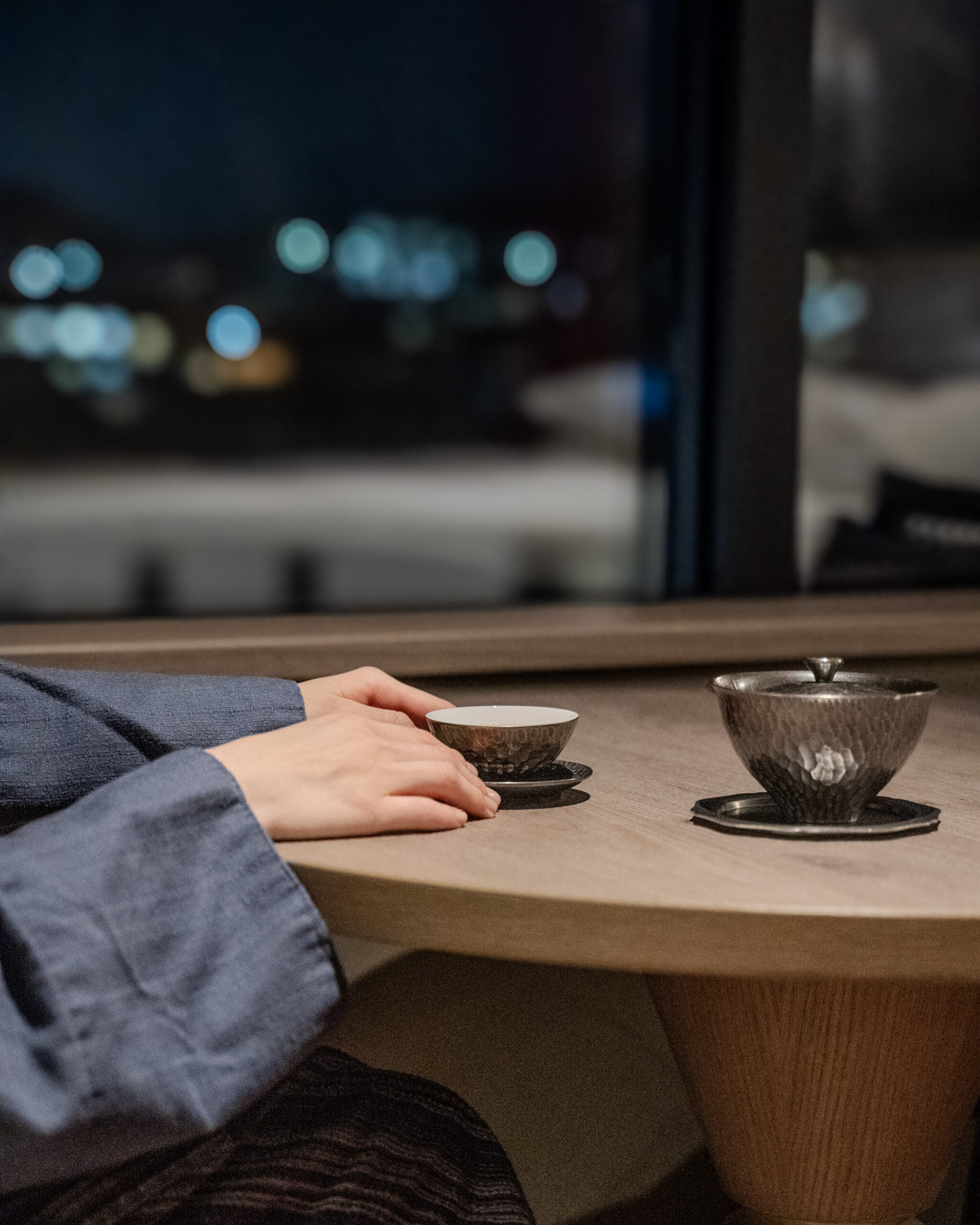
Enjoy a relaxing time in your room. You can also savor a cup of tea with Shinji Terauchi's teapot and teacups. (Executive rooms and Suites only) 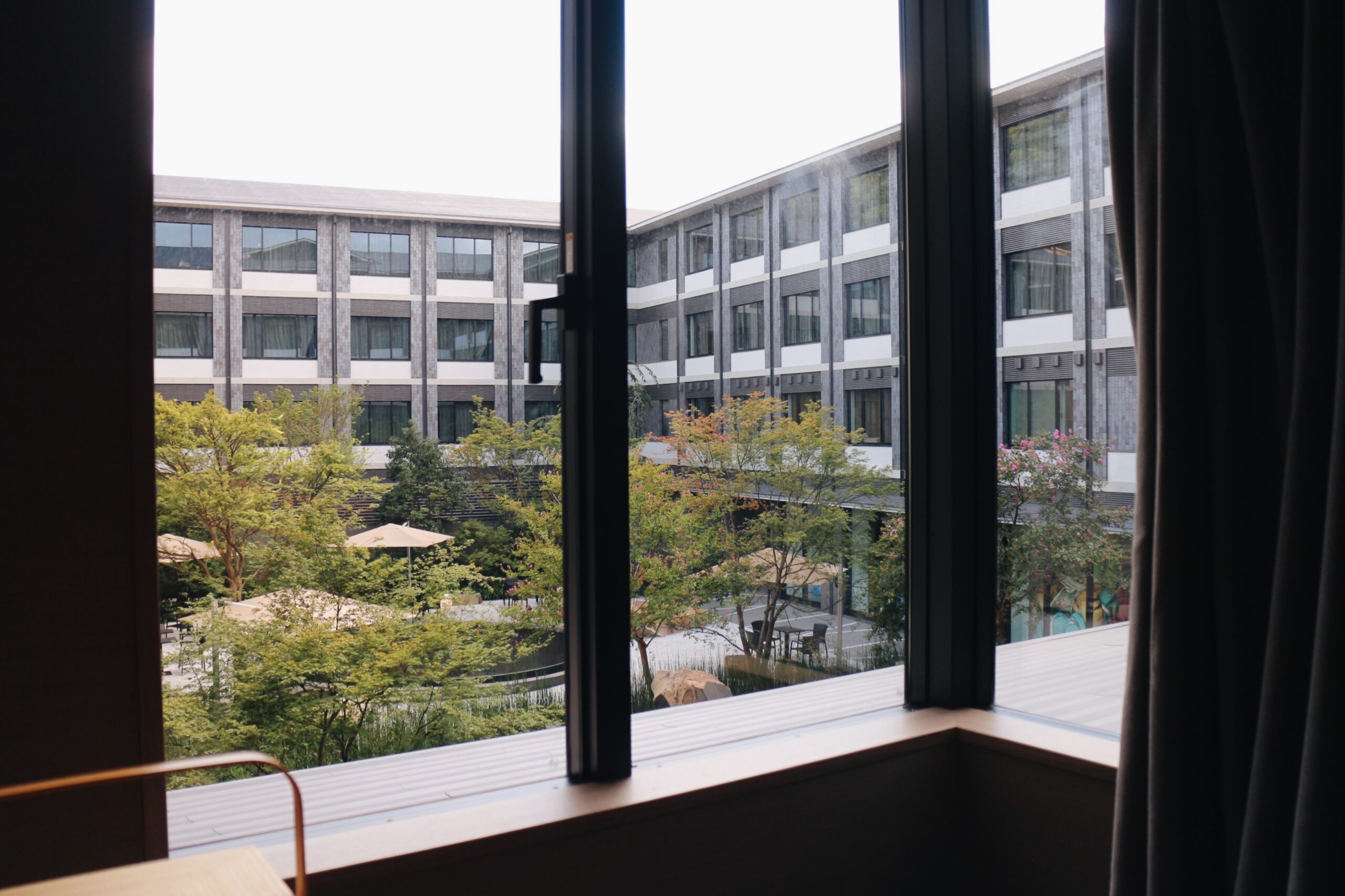
The room windows offer a view of the courtyard, which looks different from season to season, including views of cherry blossoms and autumn foliage. - The Higashiyama area of Kyoto is known for its art and food. Start your deep exploration into the Higashiyama area at THE HOTEL HIGASHIYAMA.
THE HOTEL HIGASHIYAMA by Kyoto Tokyu Hotel
- Address:175-2, 3-chome Ebisu-cho, Sanjo-dori Shirakawa-bashi Higashi-iru, Higashiyama-ku, Kyoto
TEL:075-533-6109
Access:4-minute walk from Higashiyama Station on the Tozai Line of the Kyoto City Subway
Approximately 20 minutes by taxi from JR Kyoto Station
>THE HOTEL HIGASHIYAMA by Kyoto Tokyu Hotel



